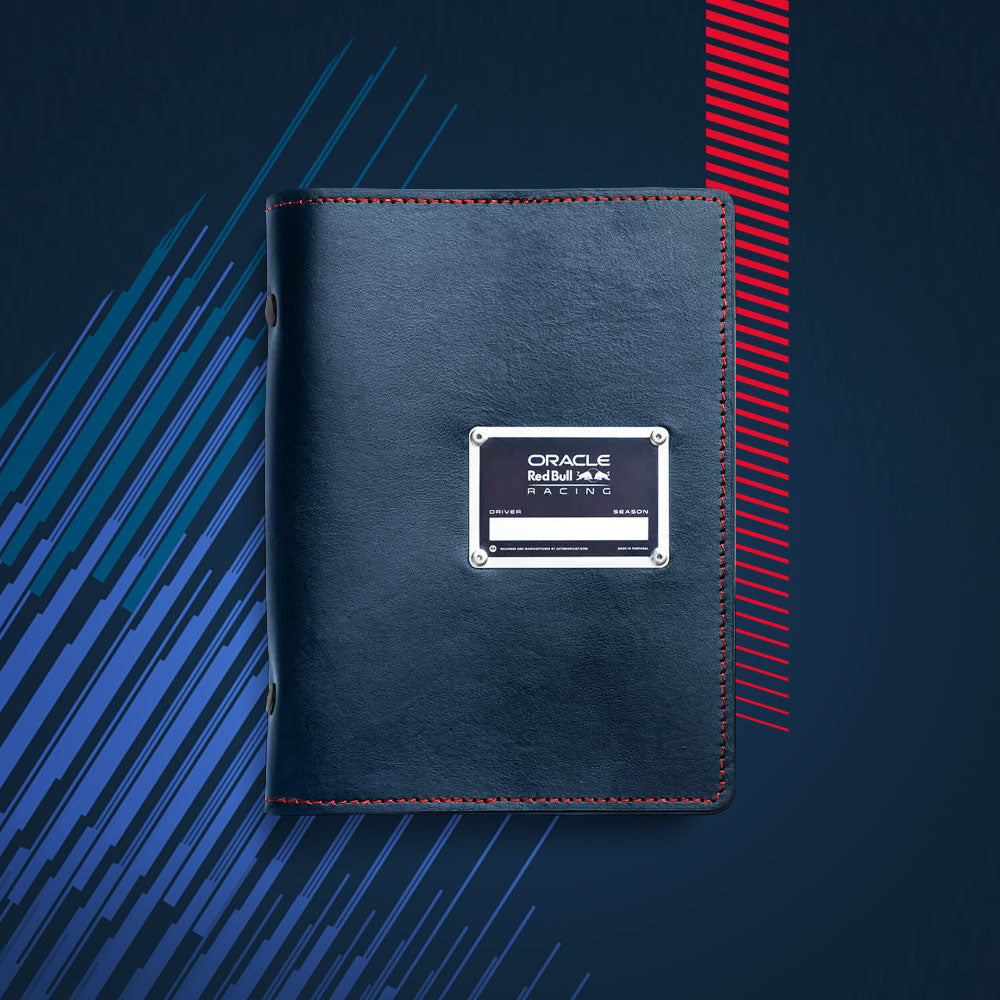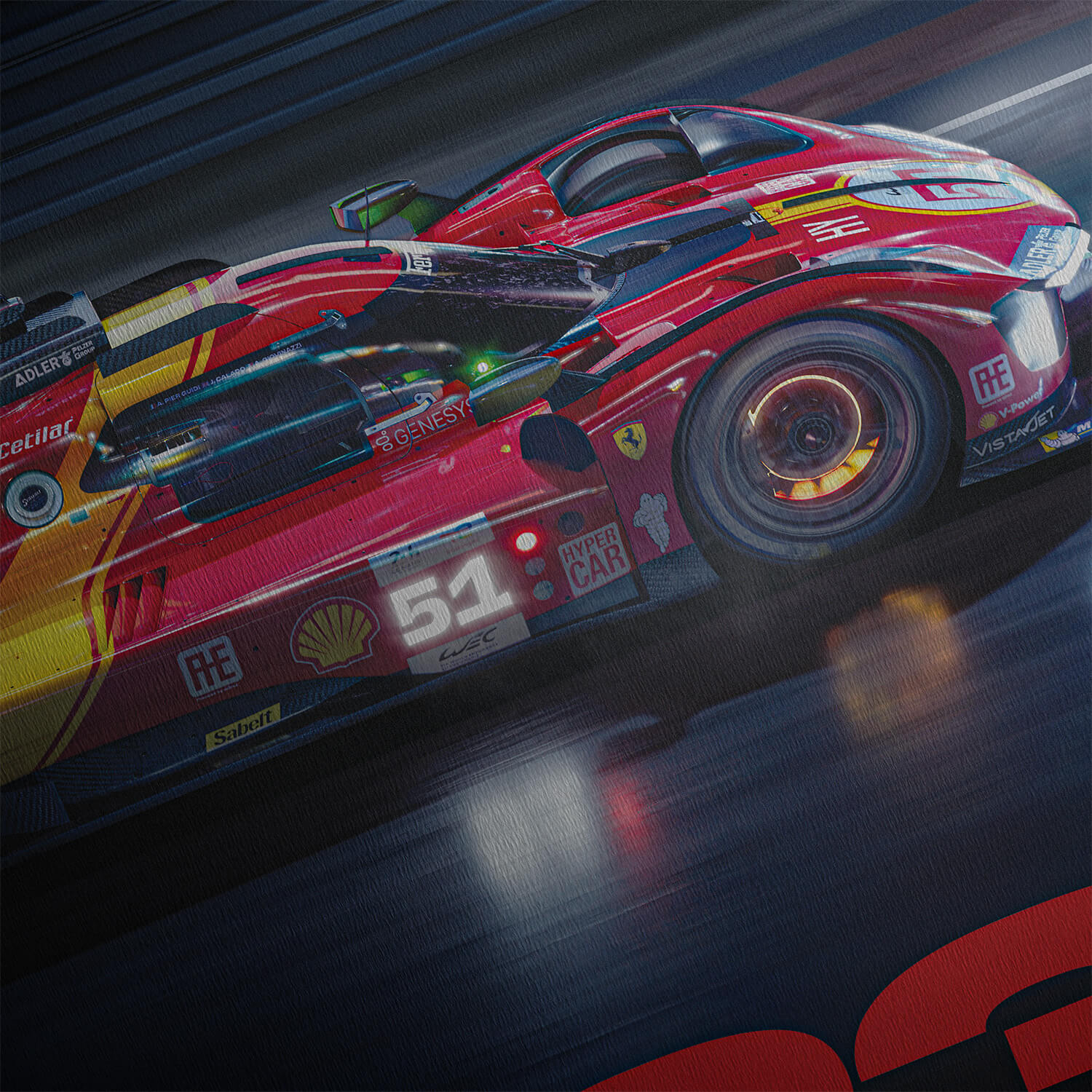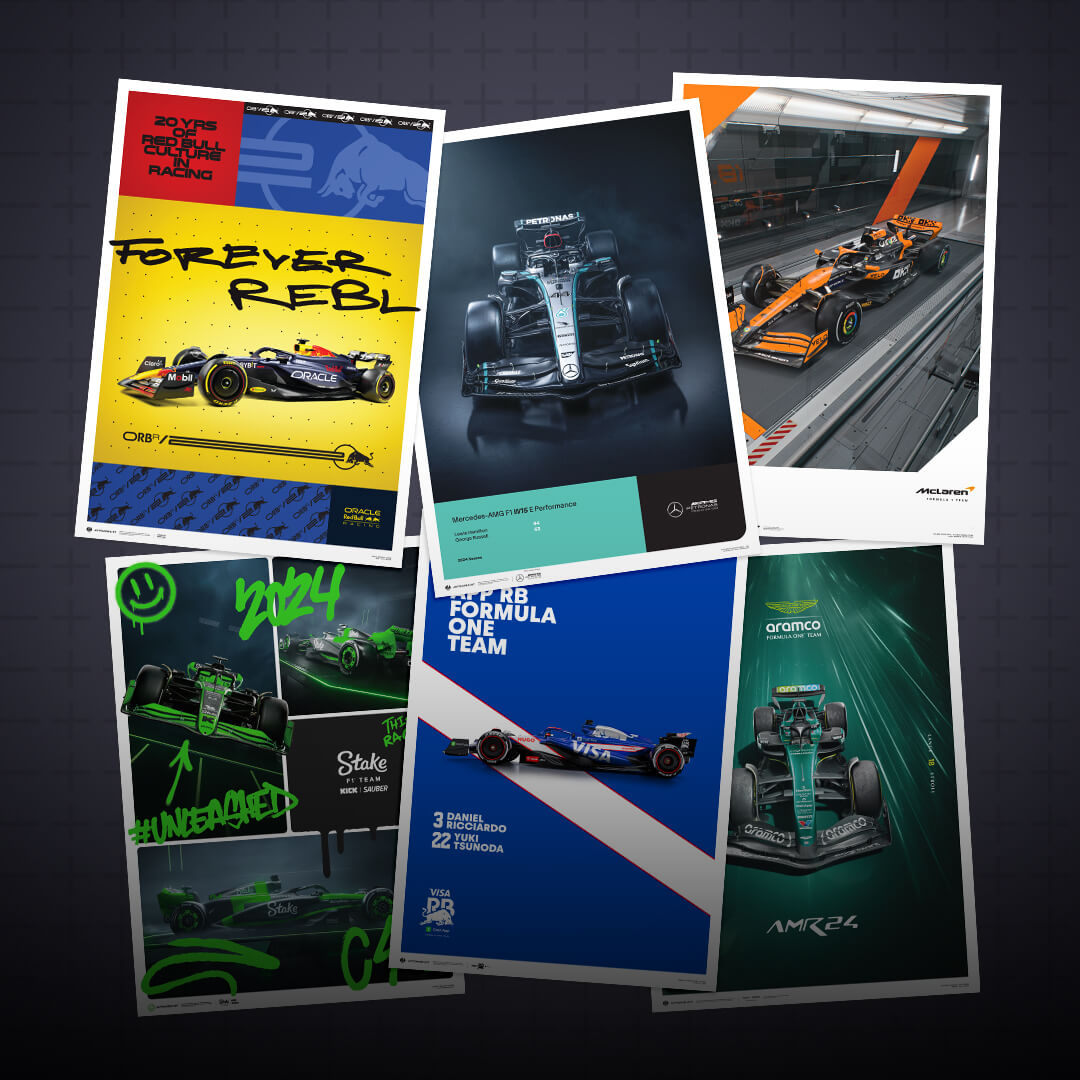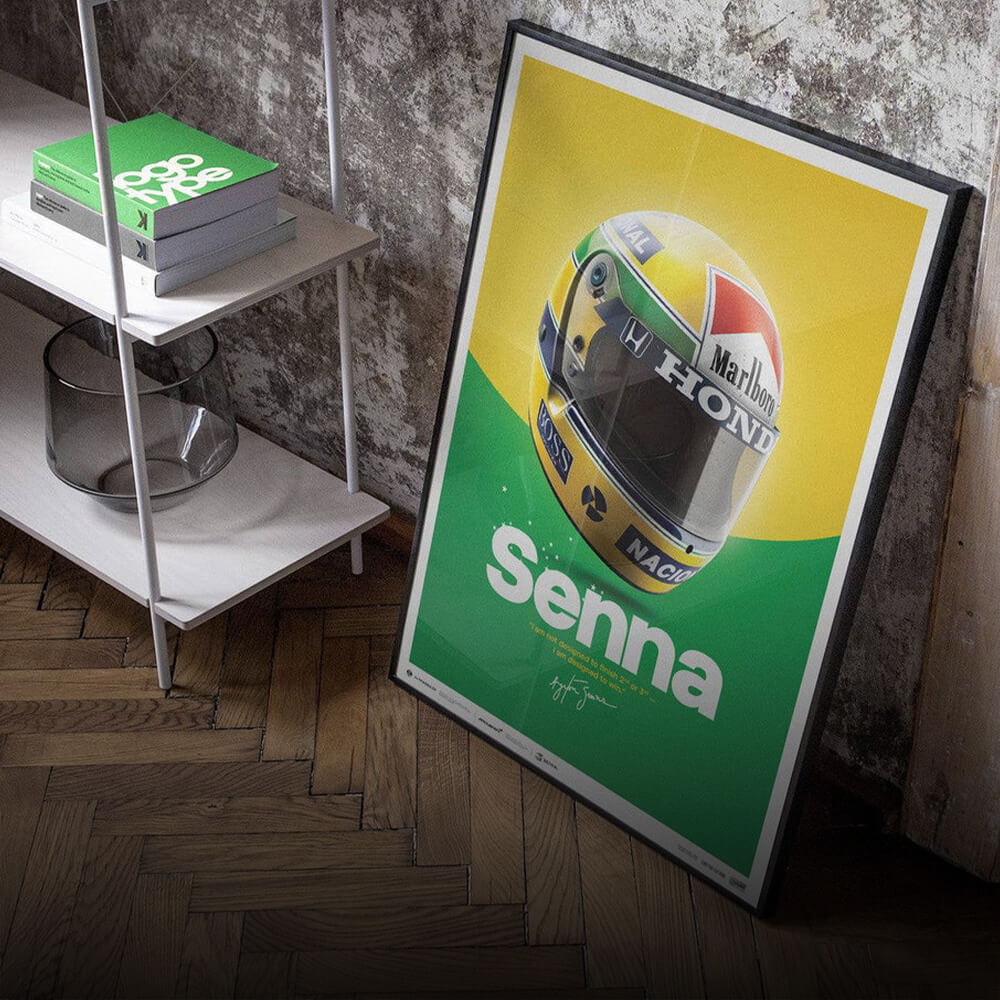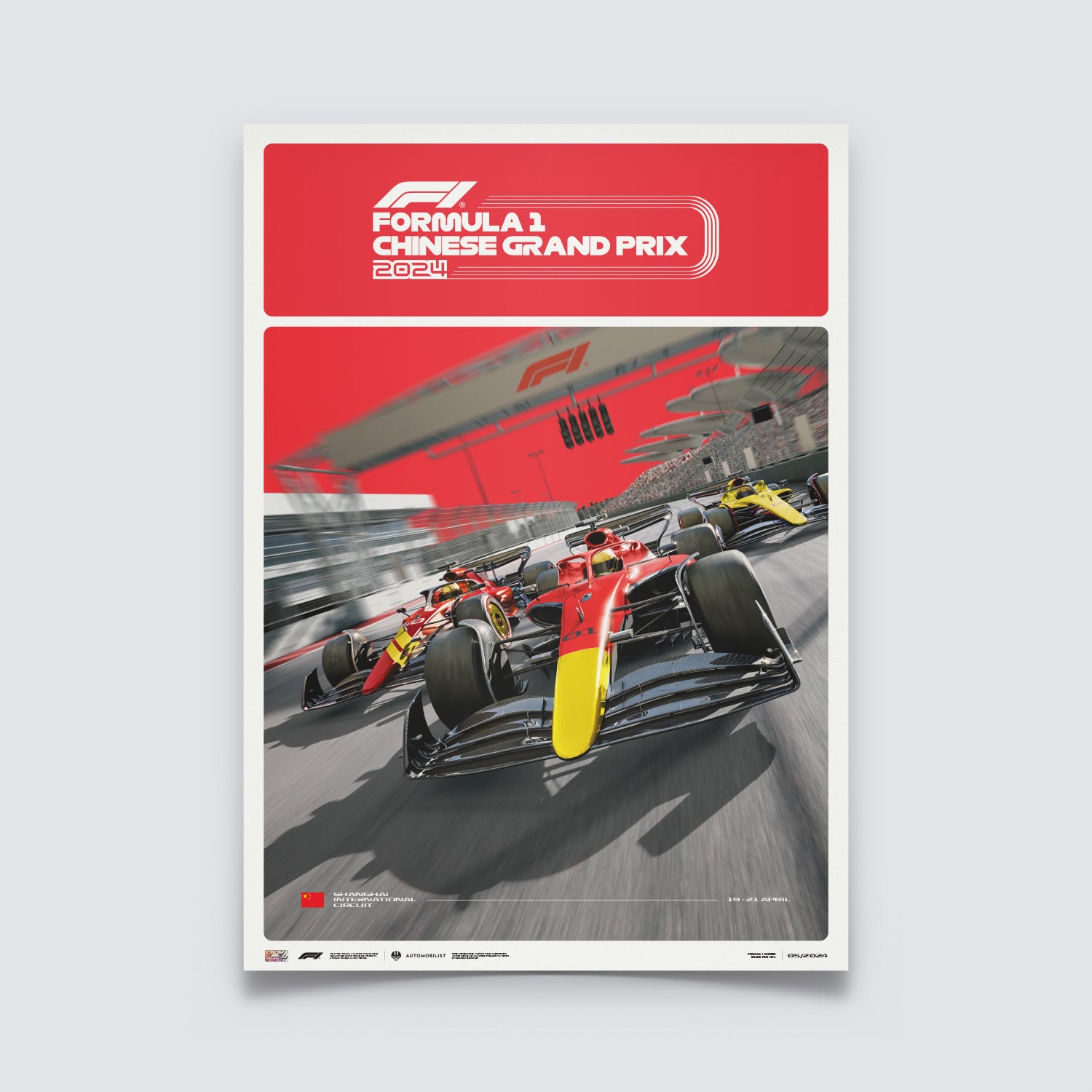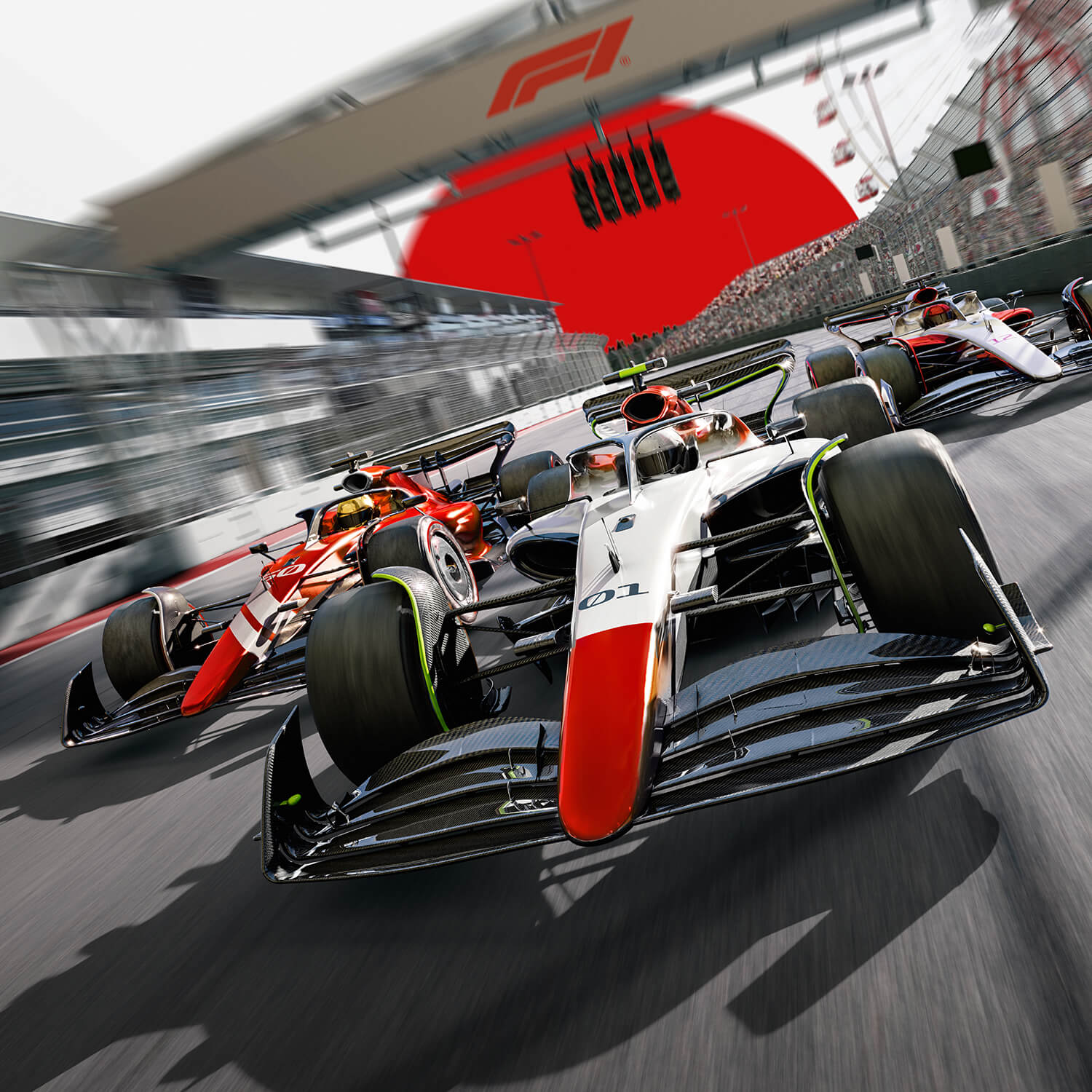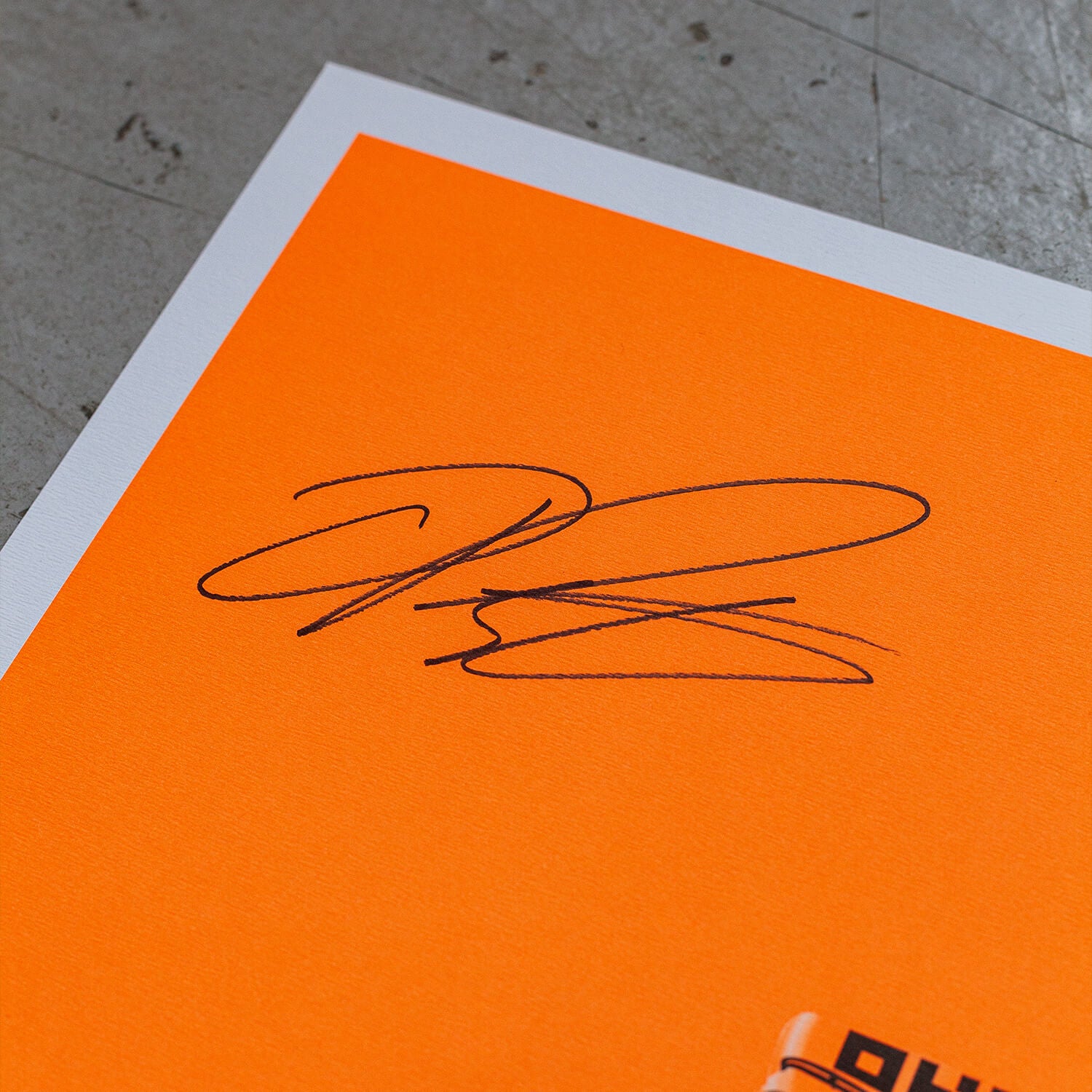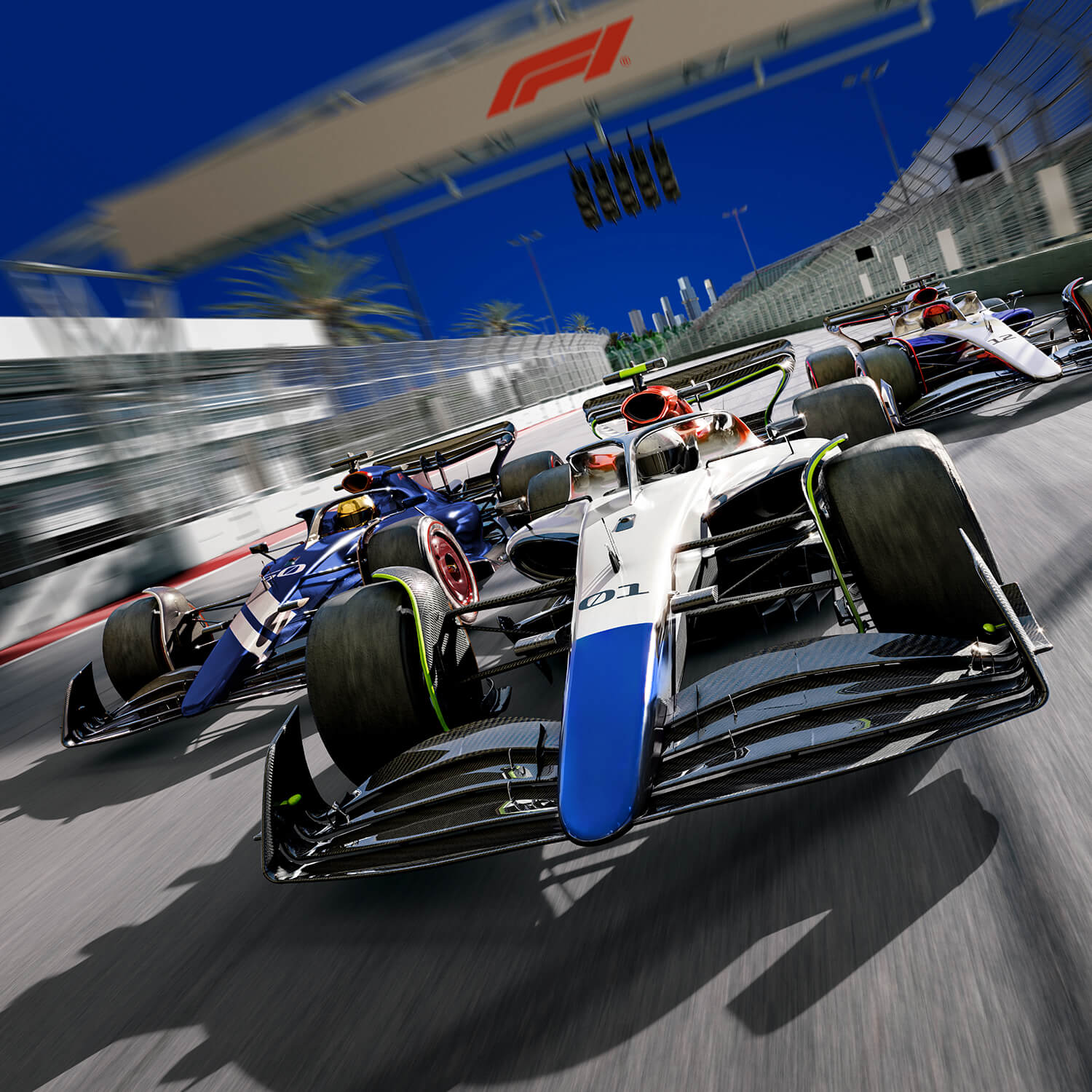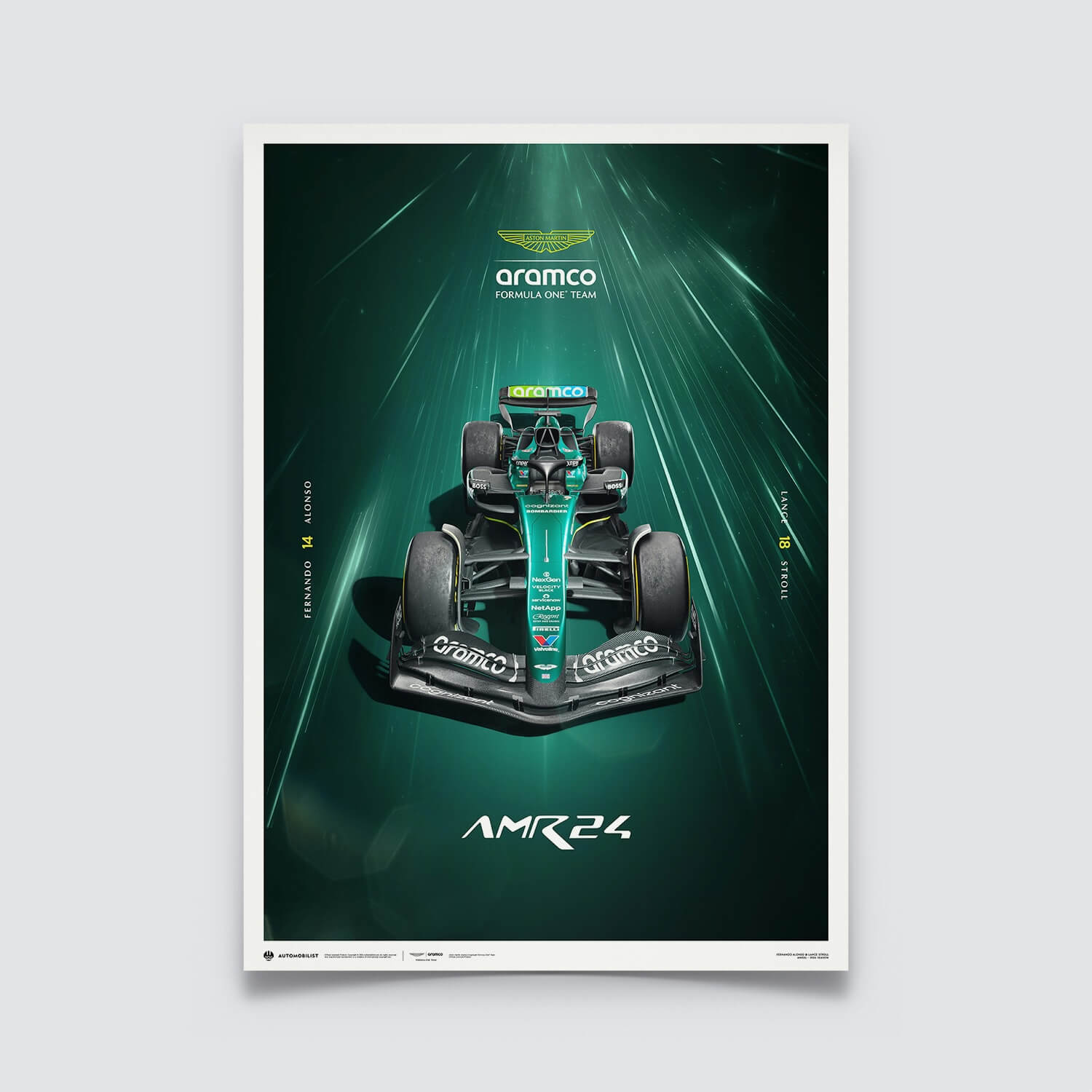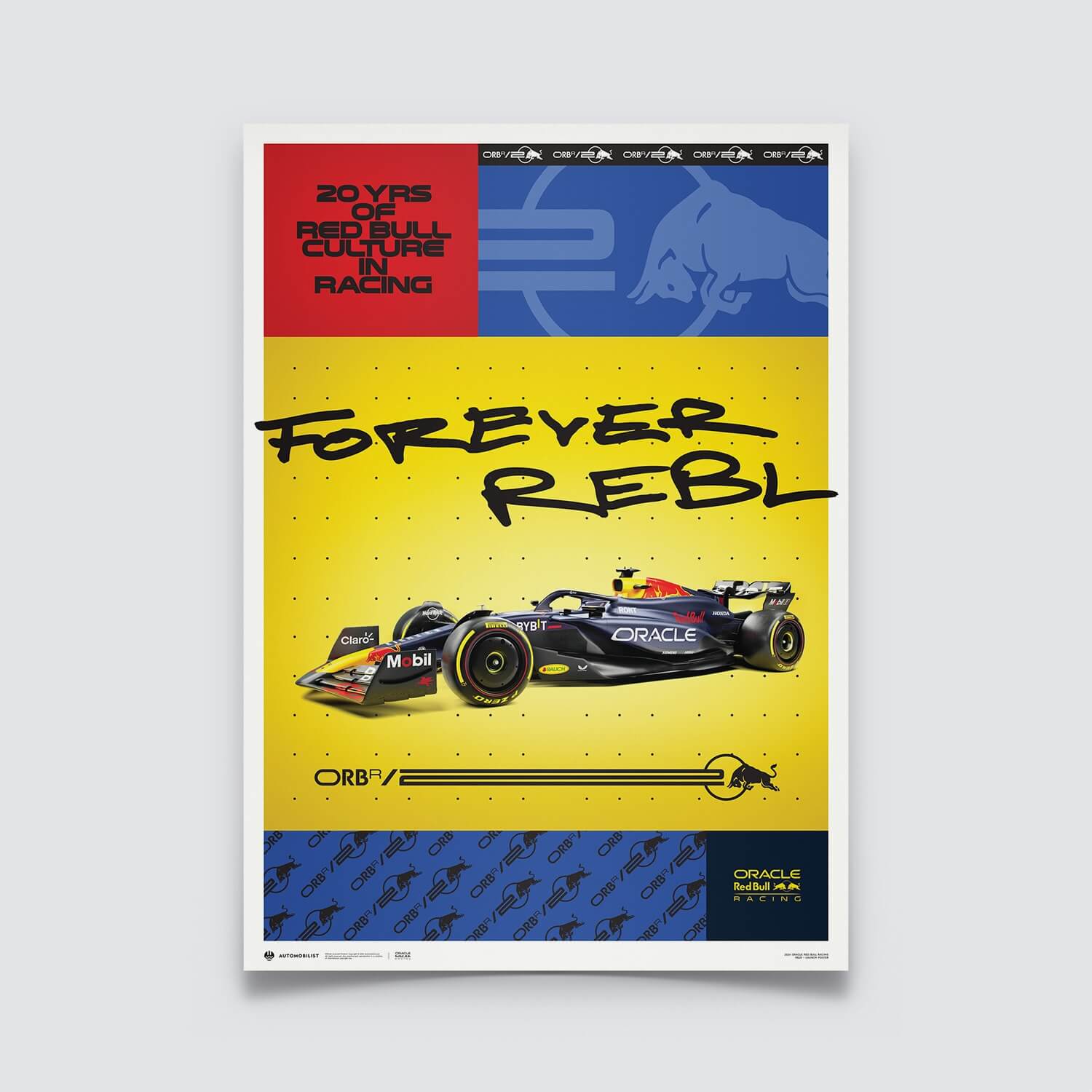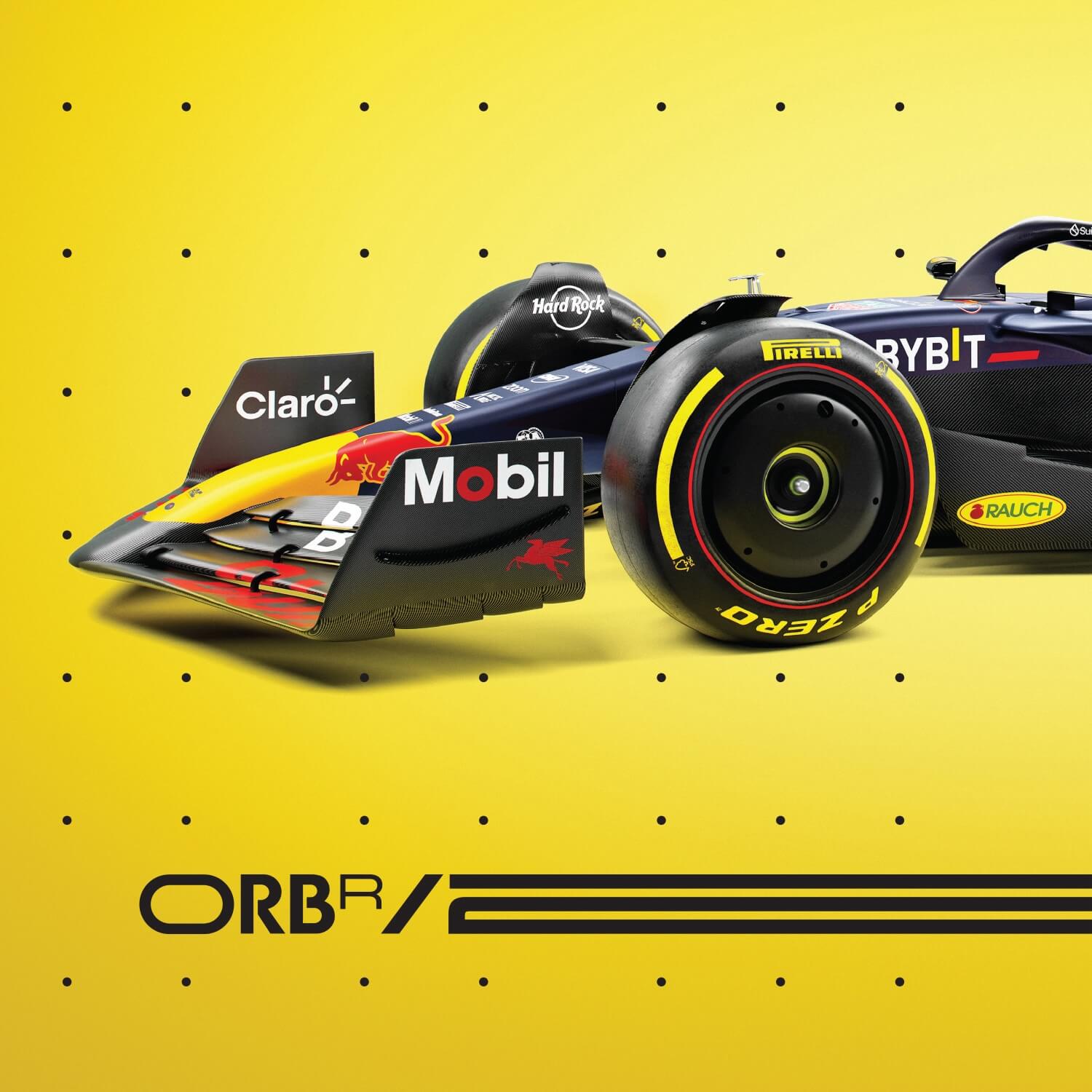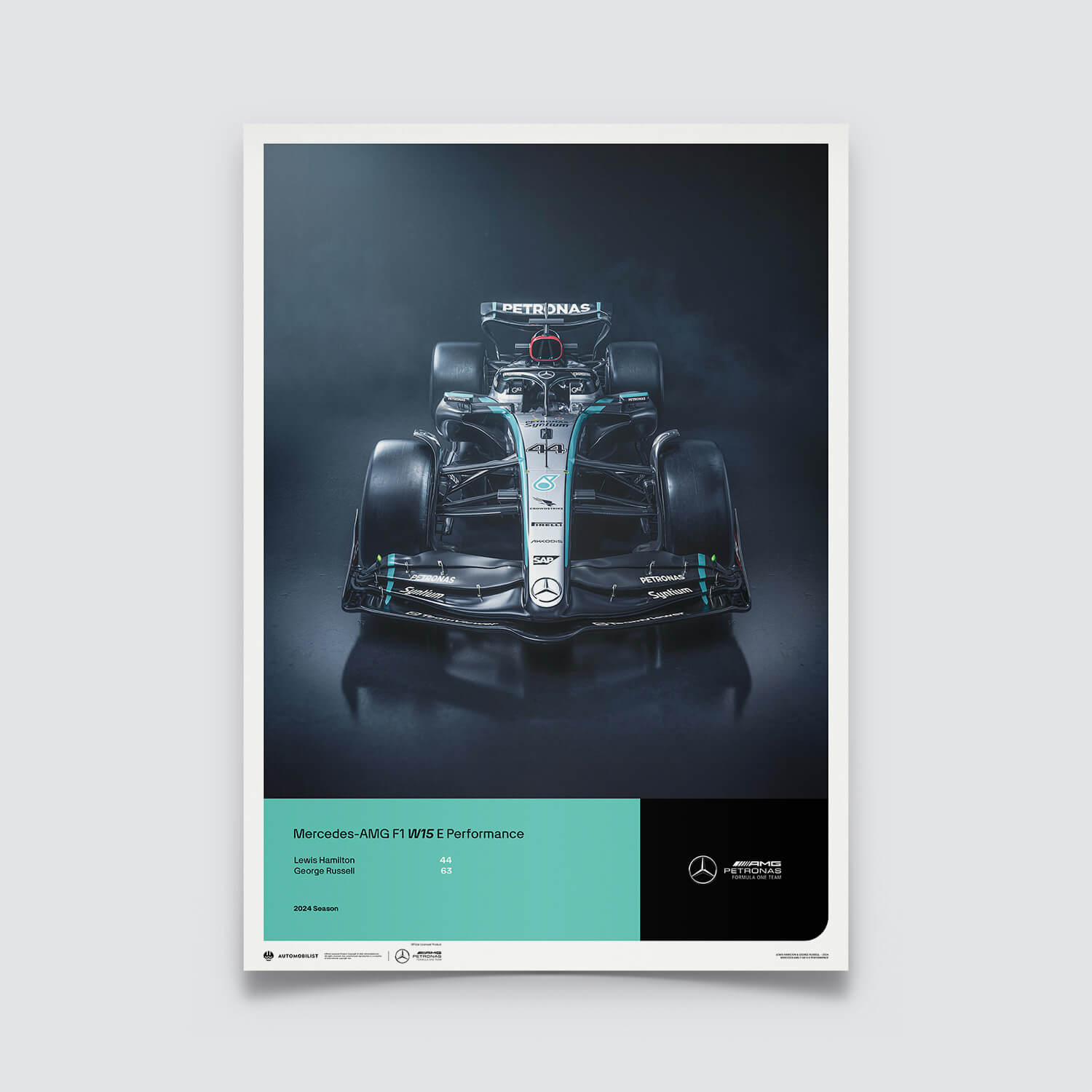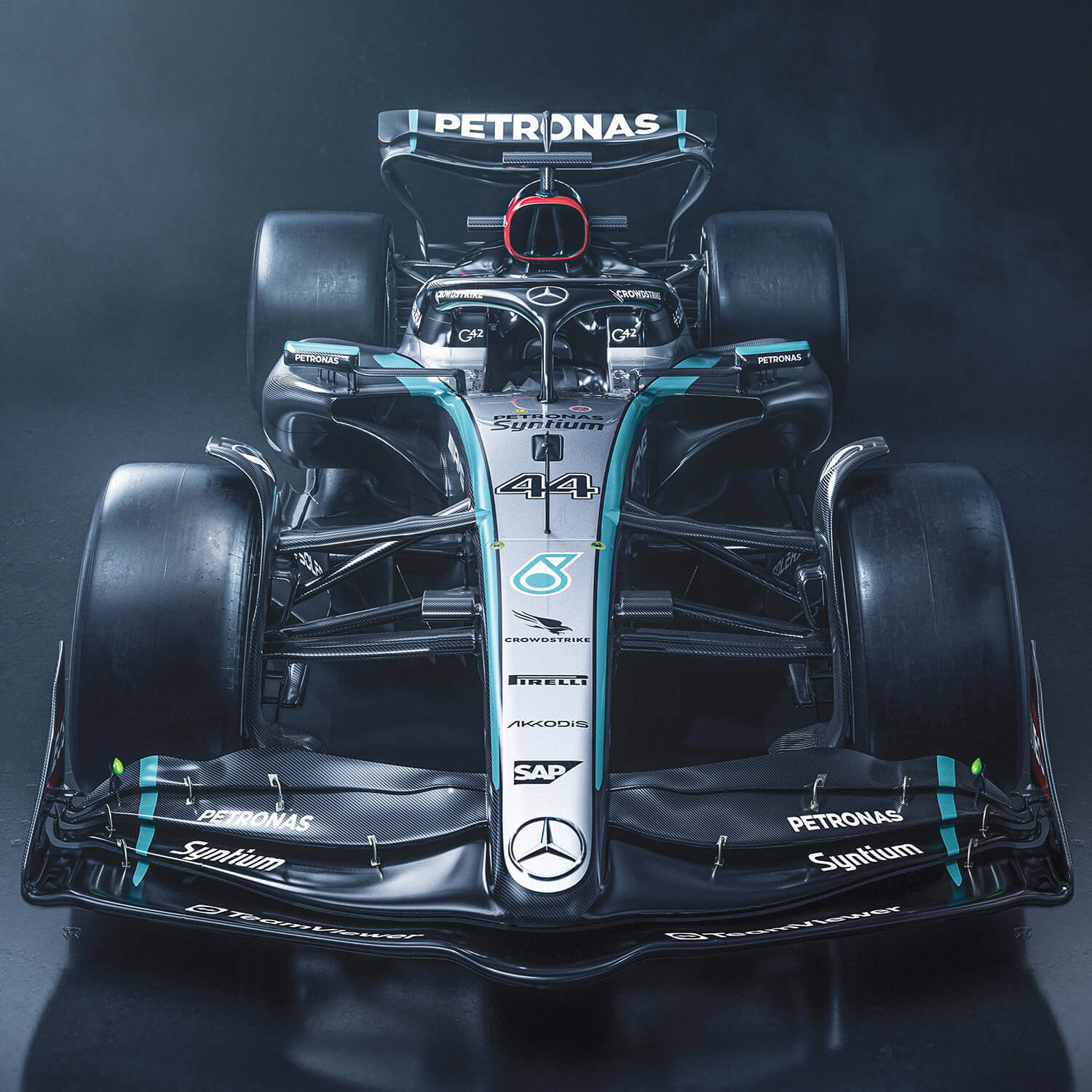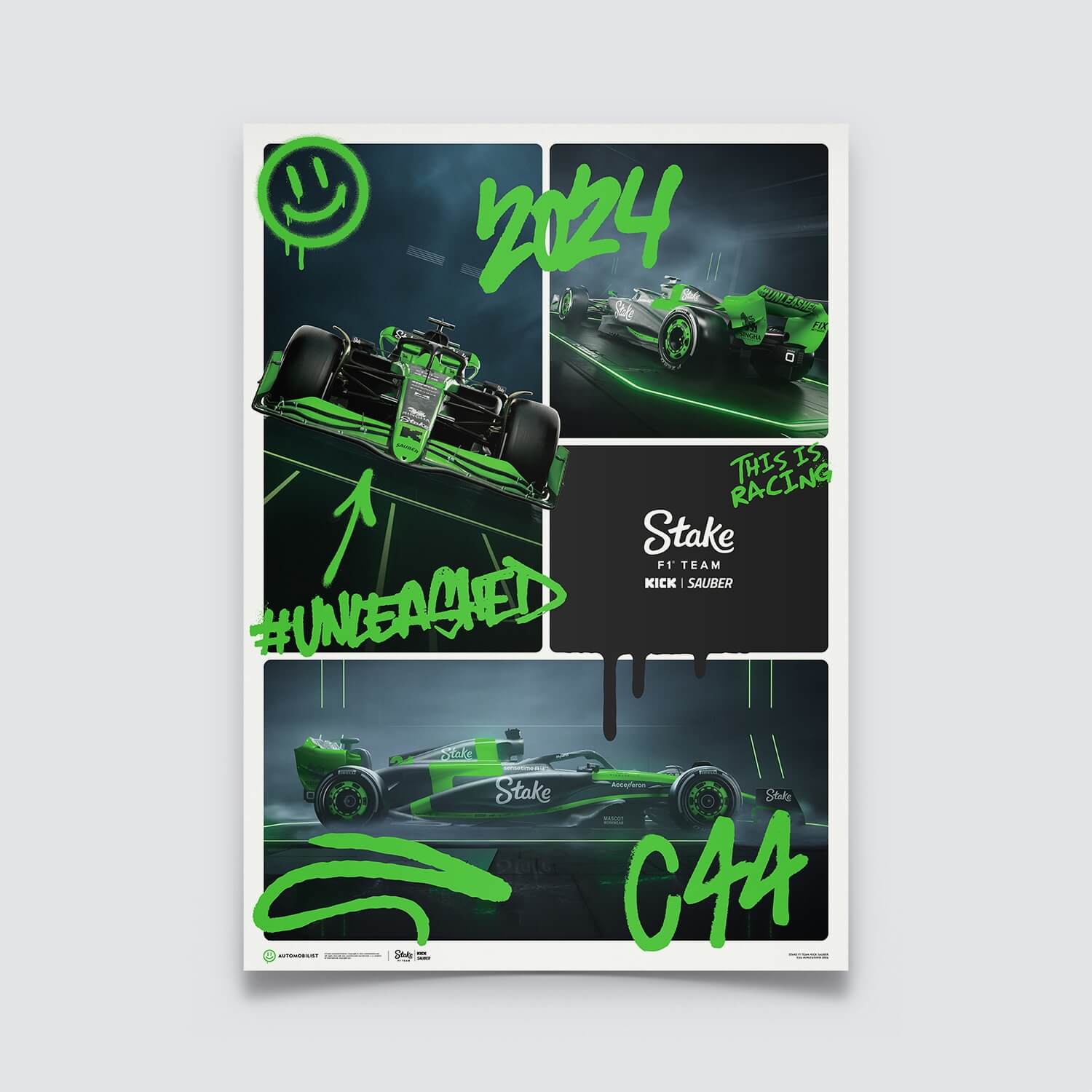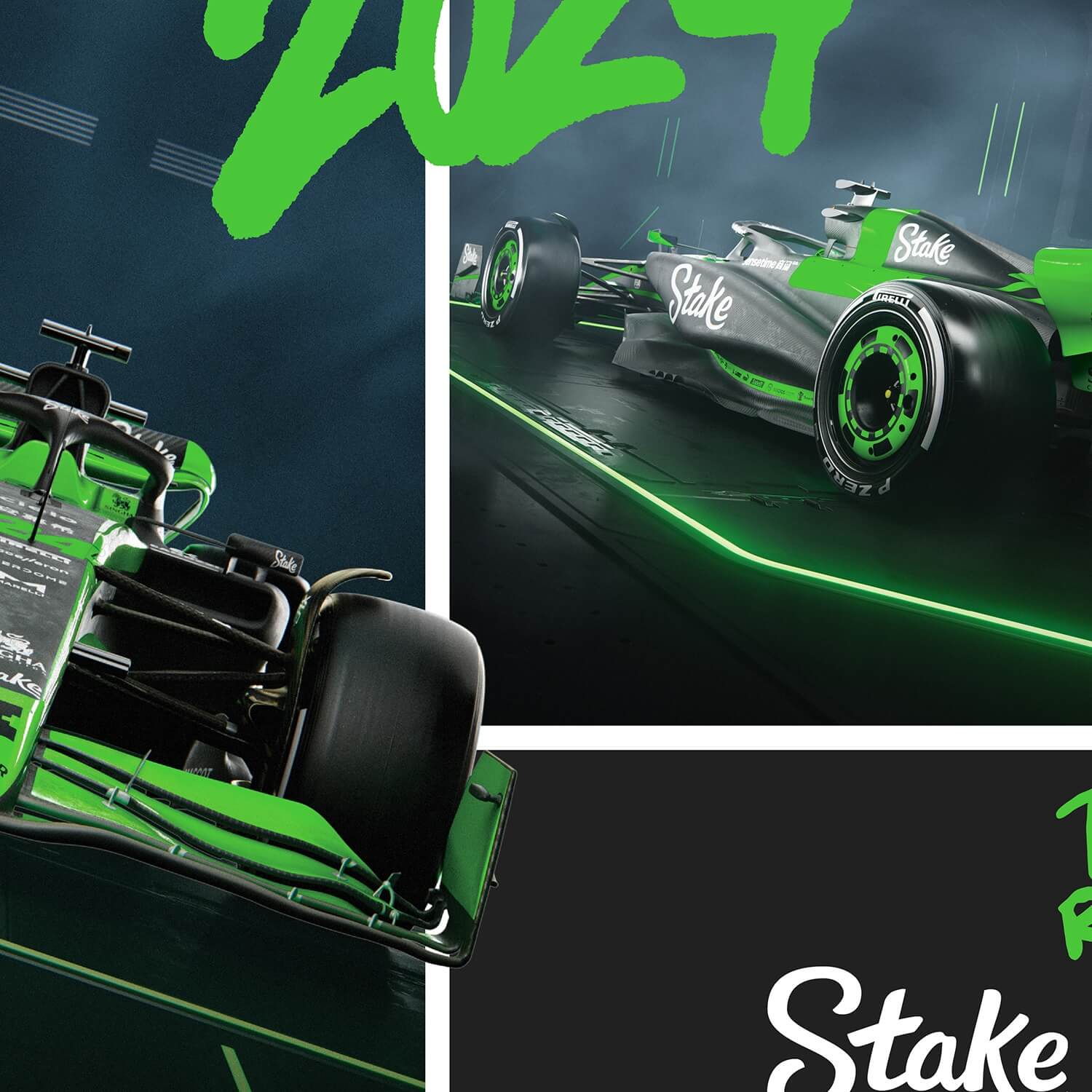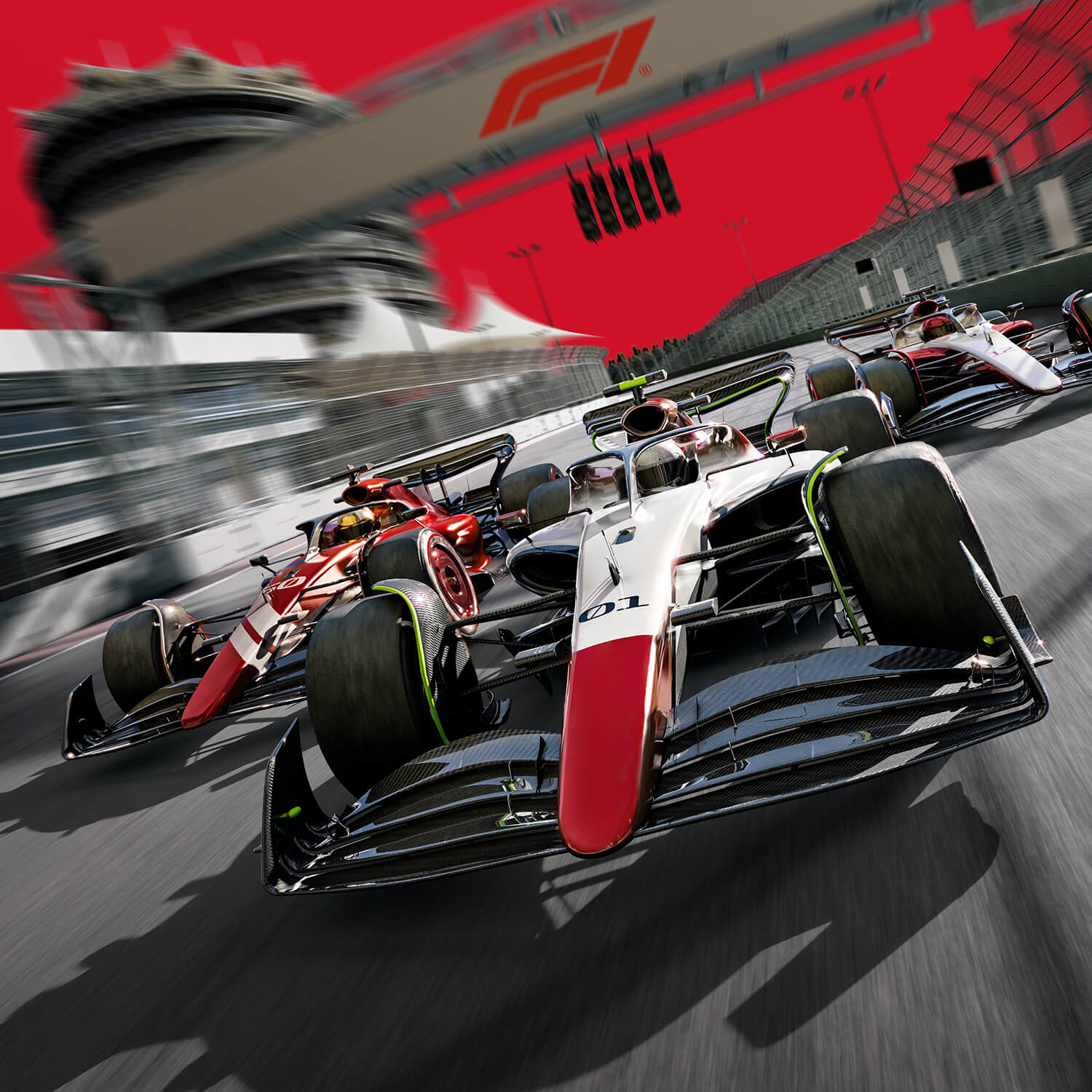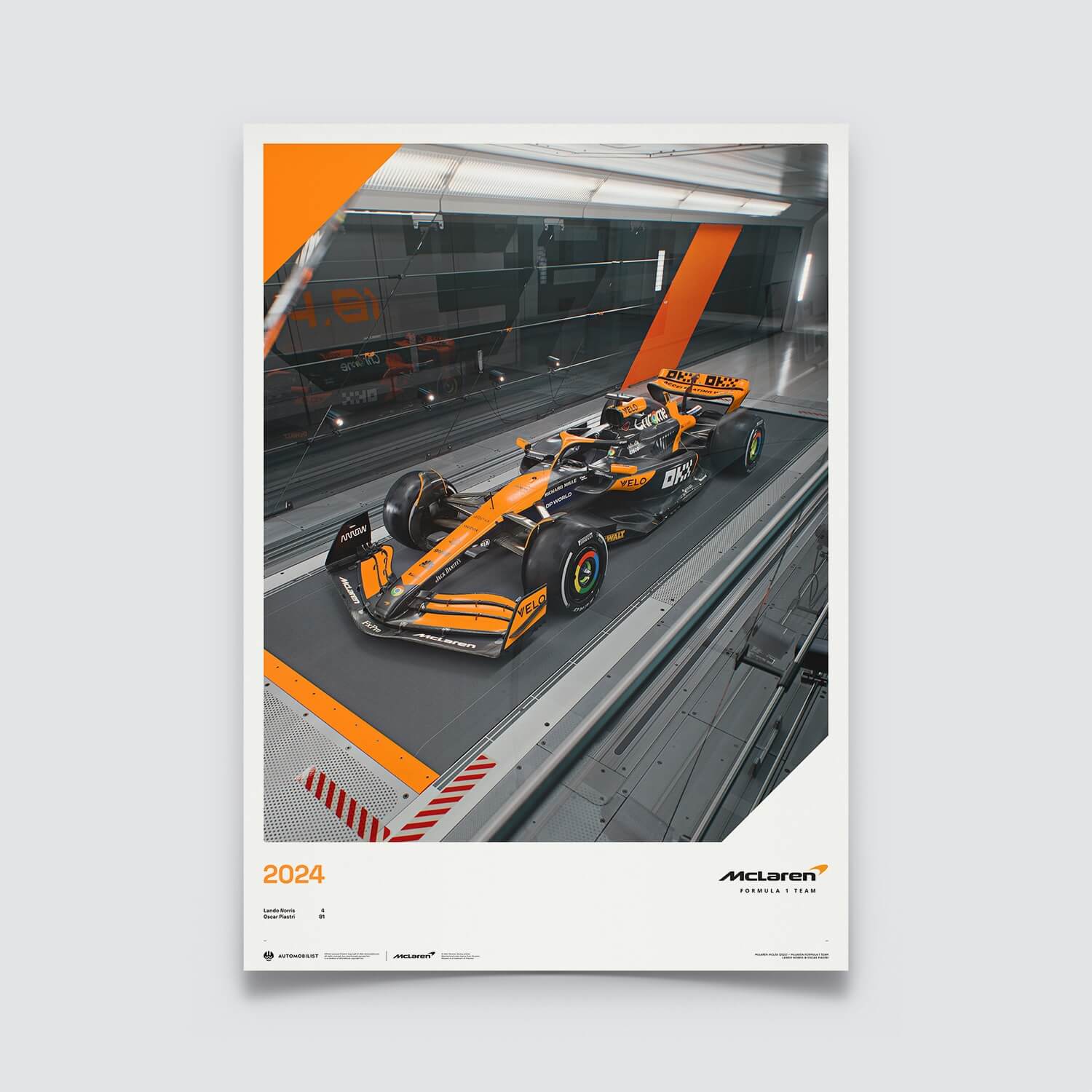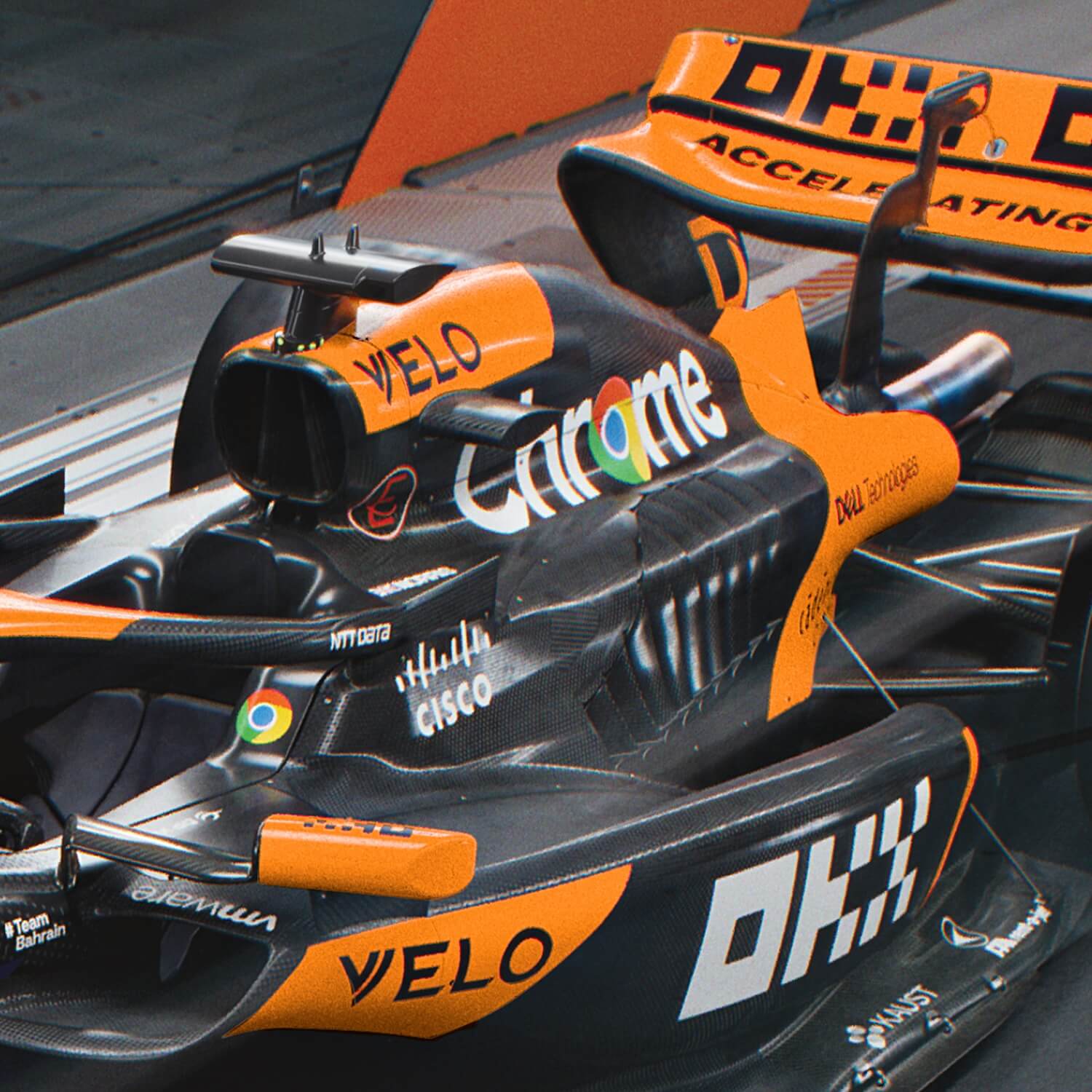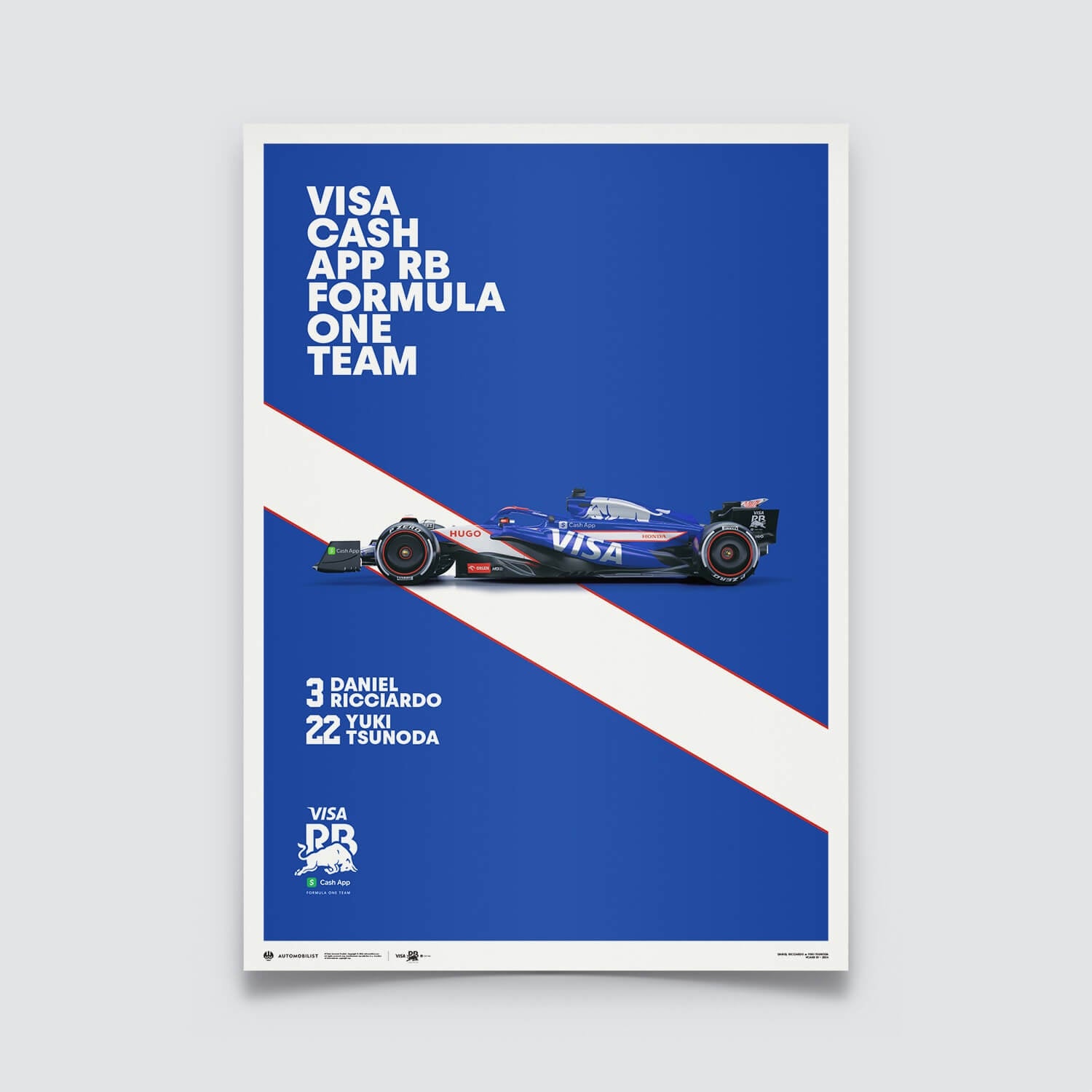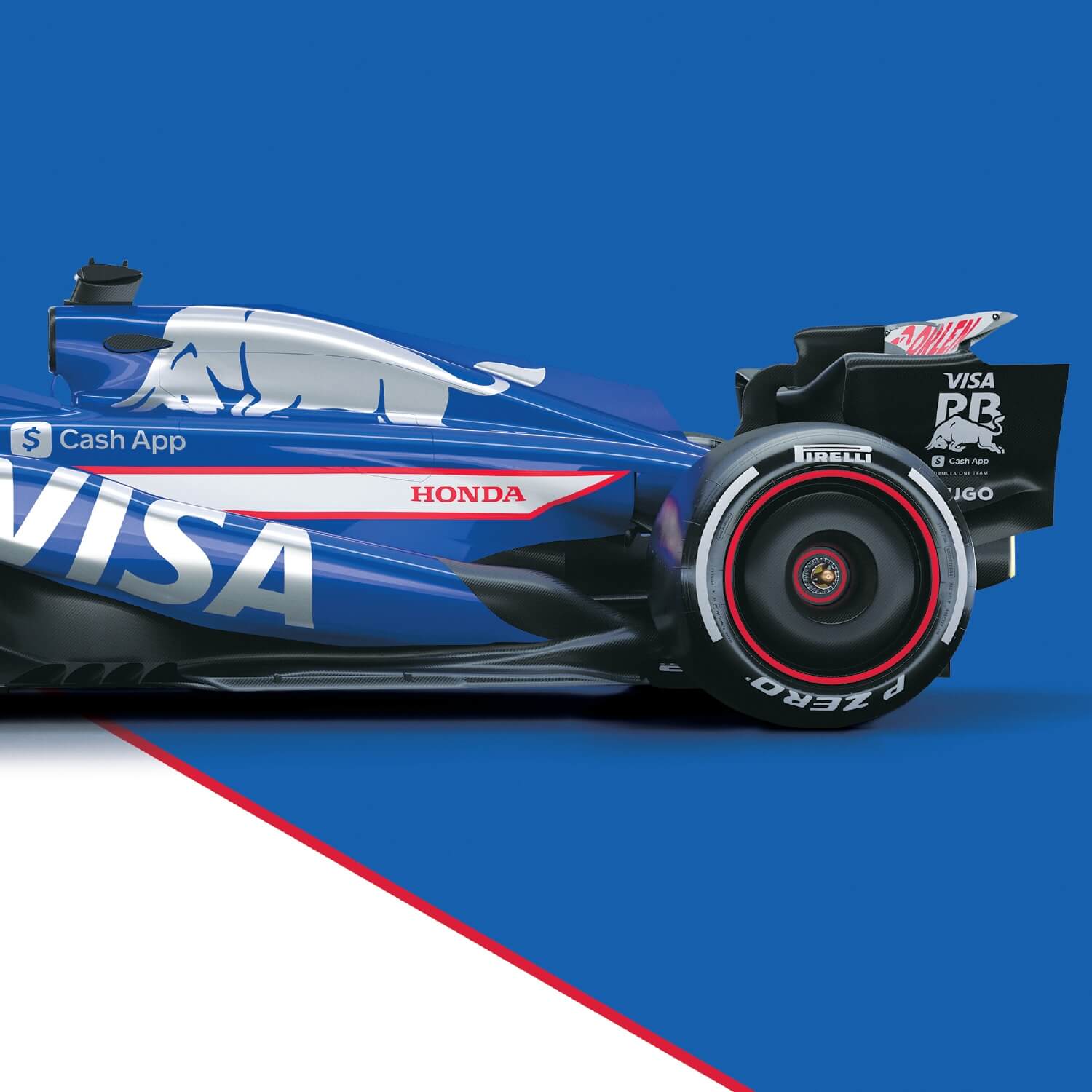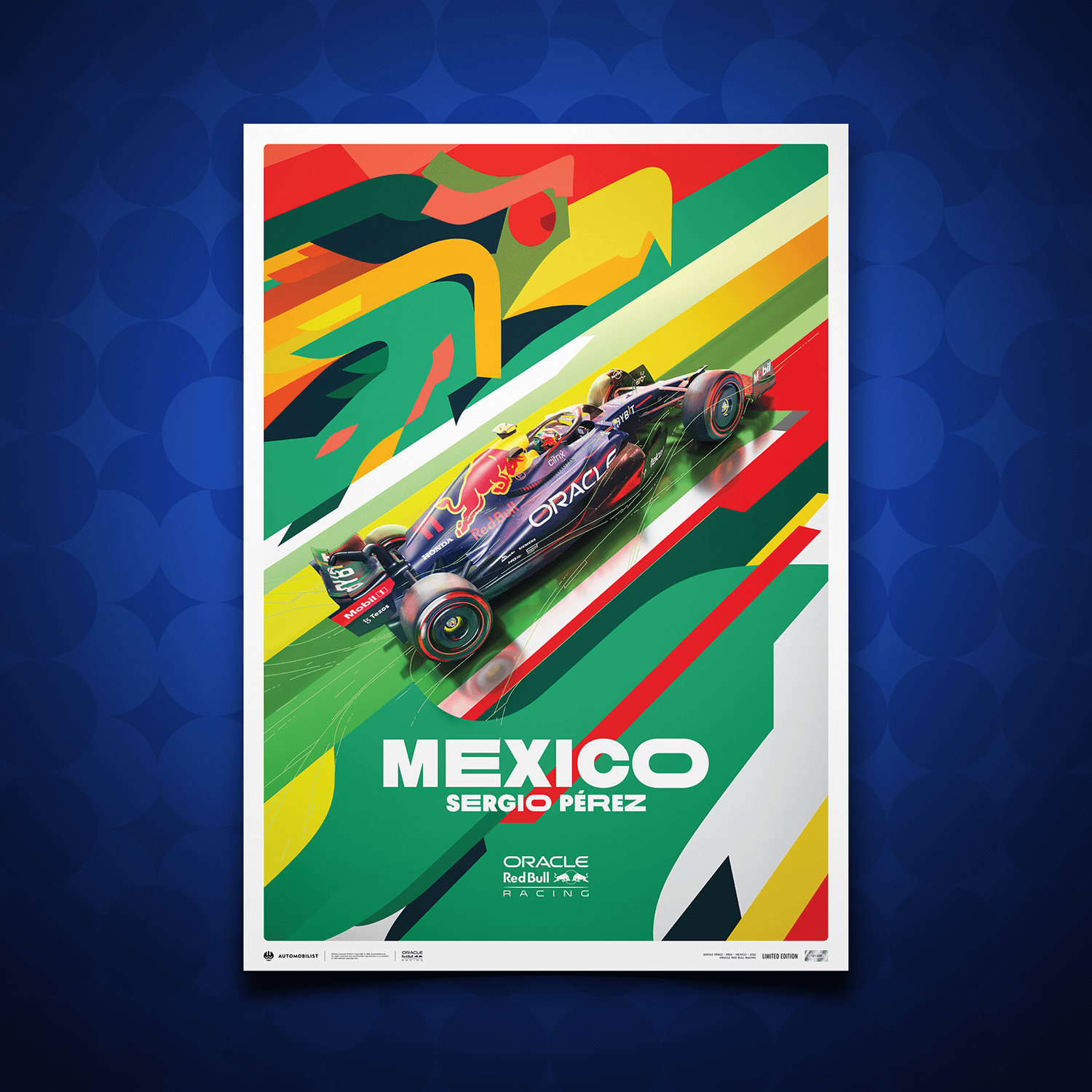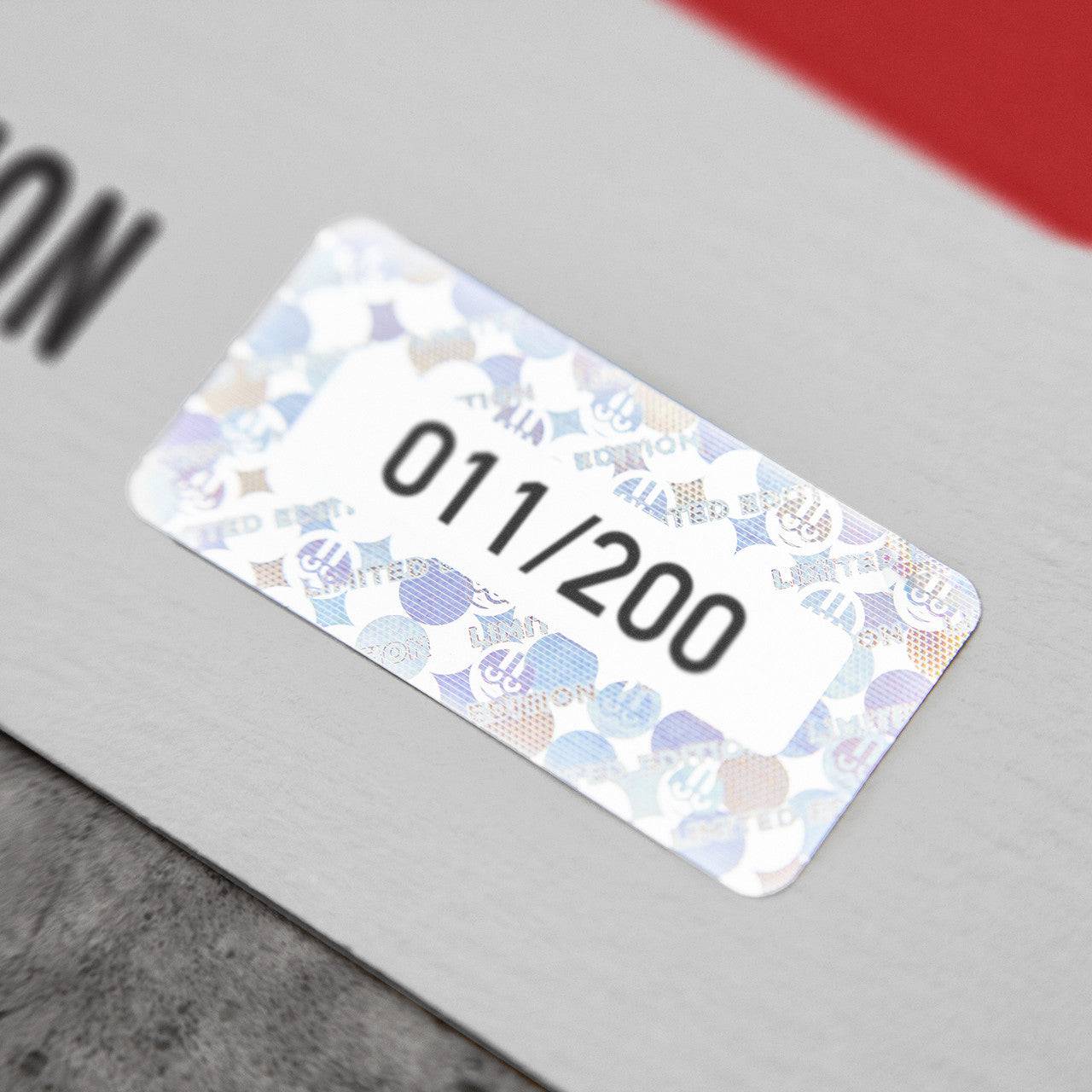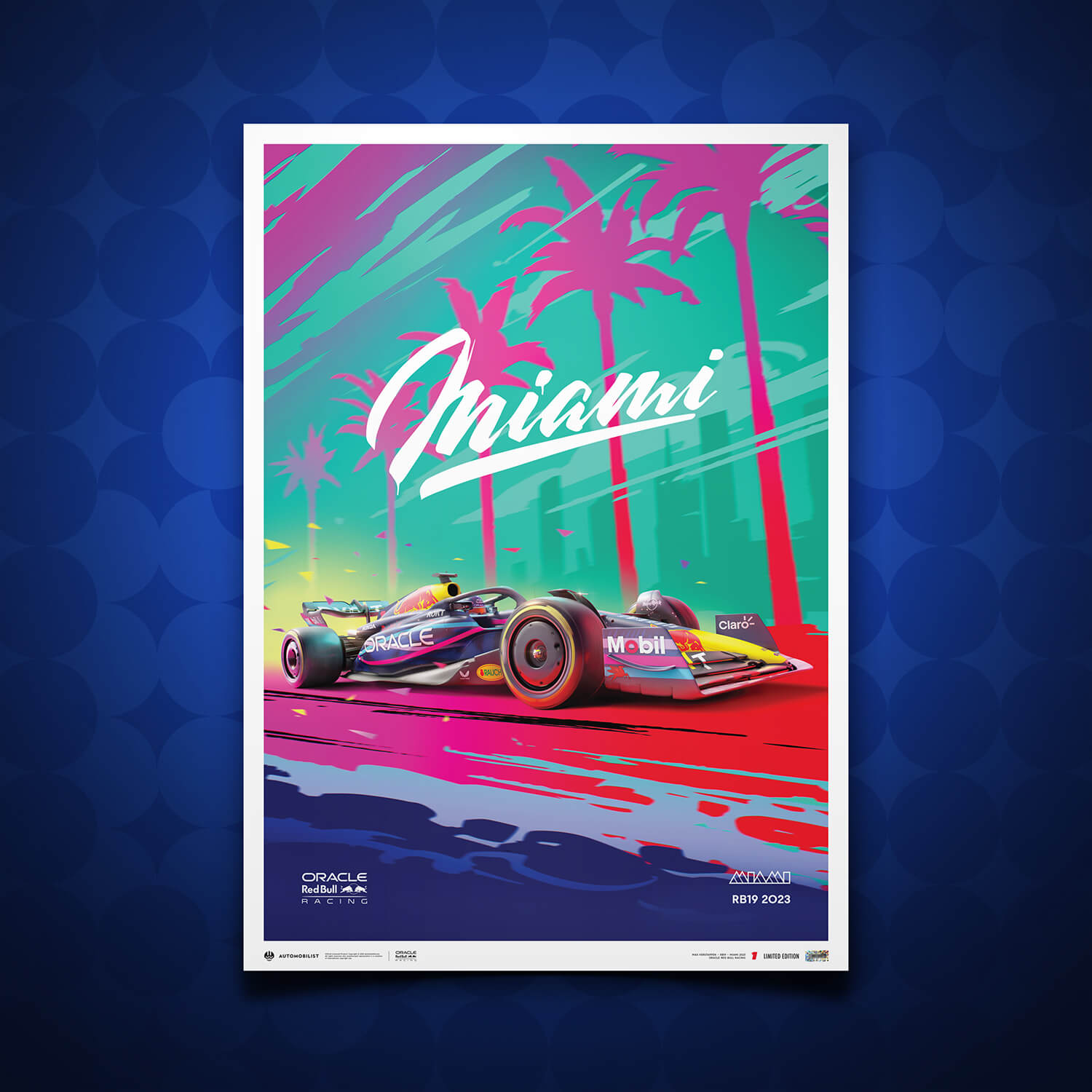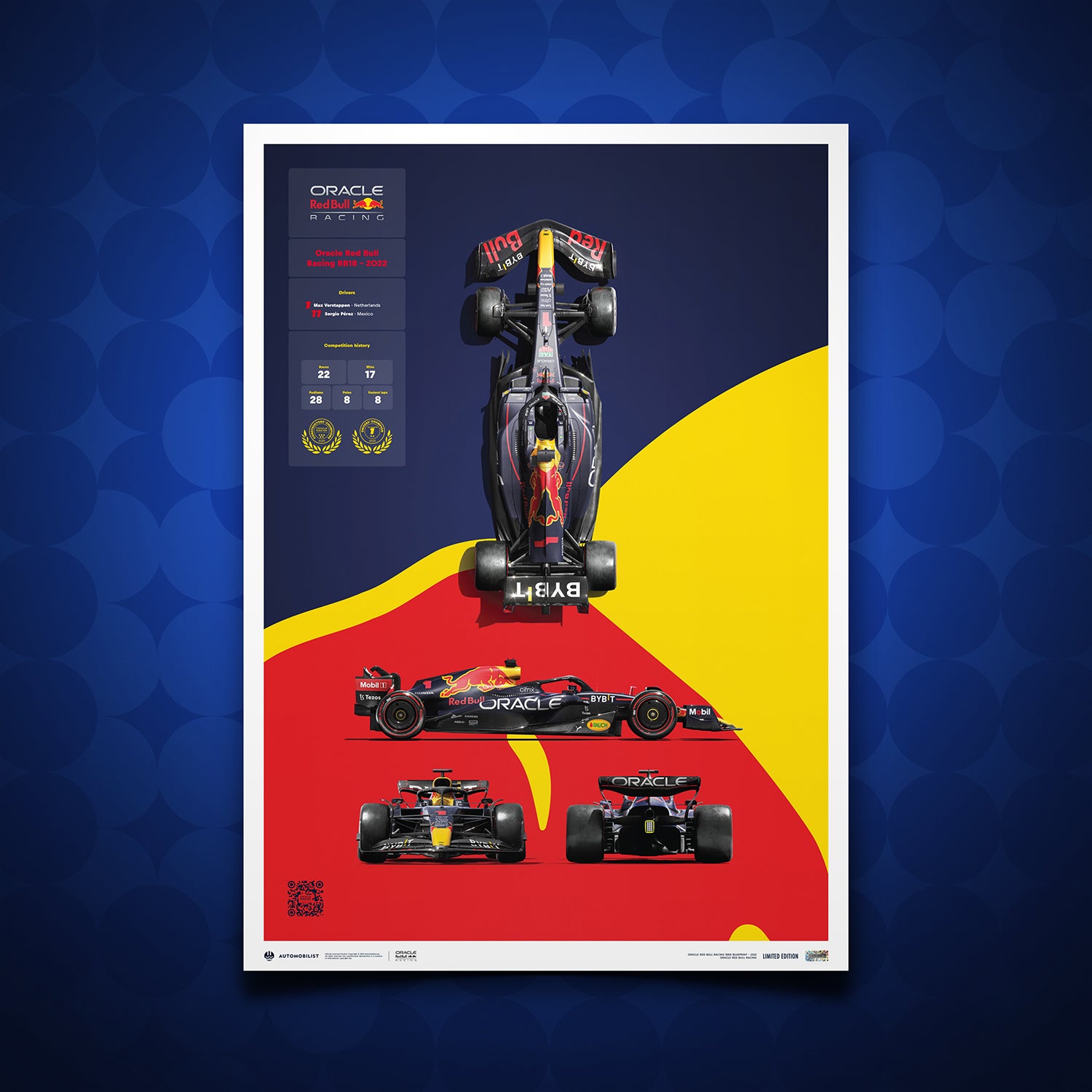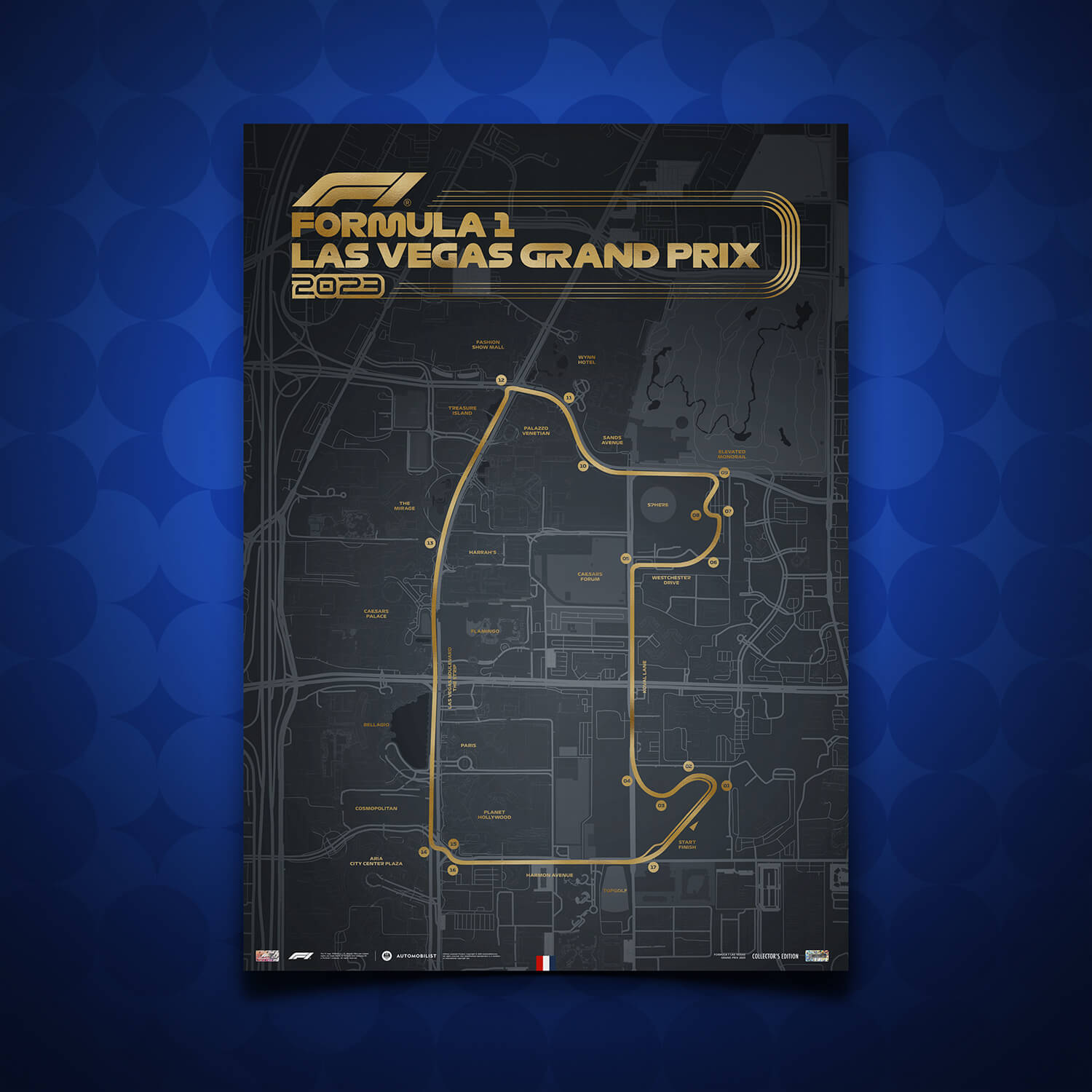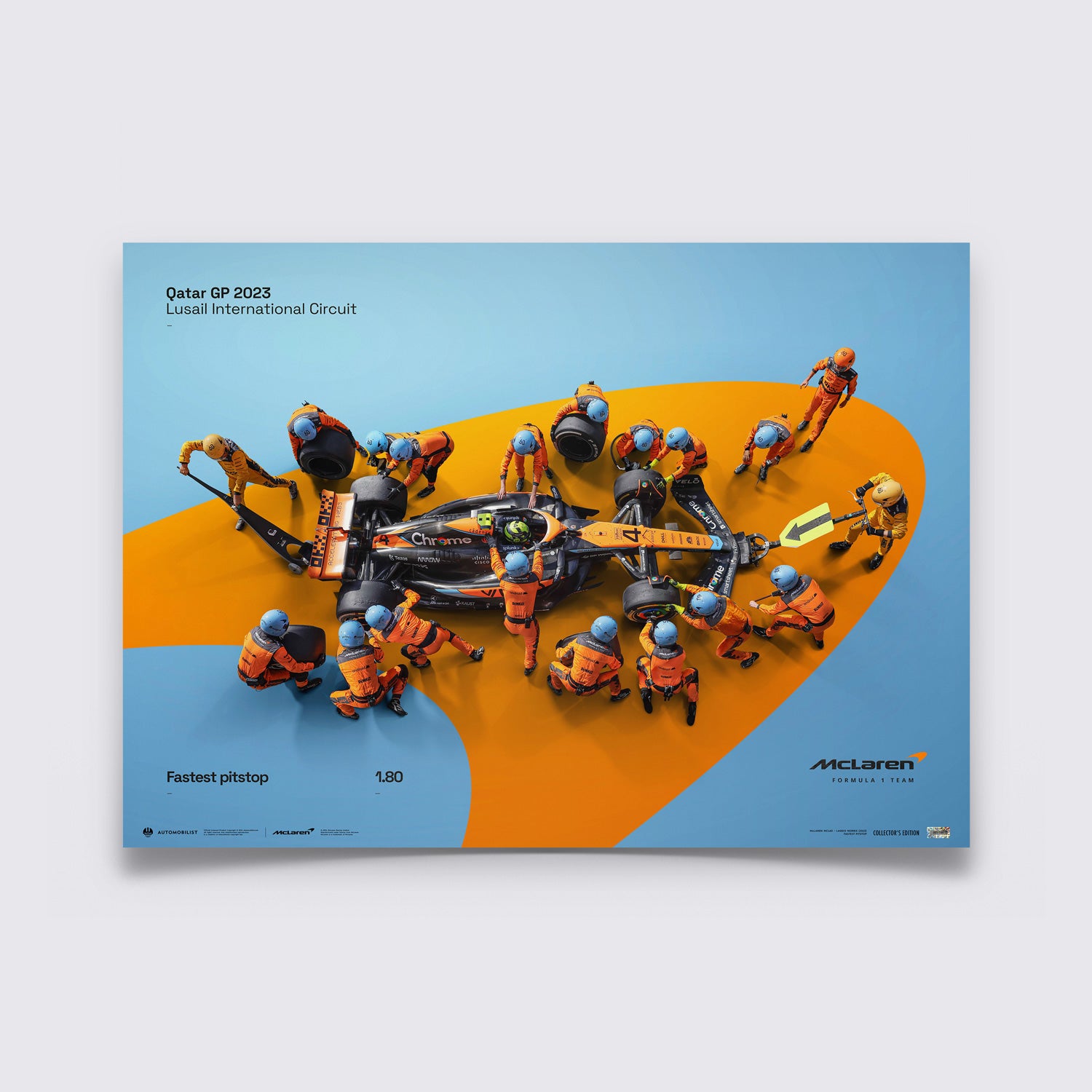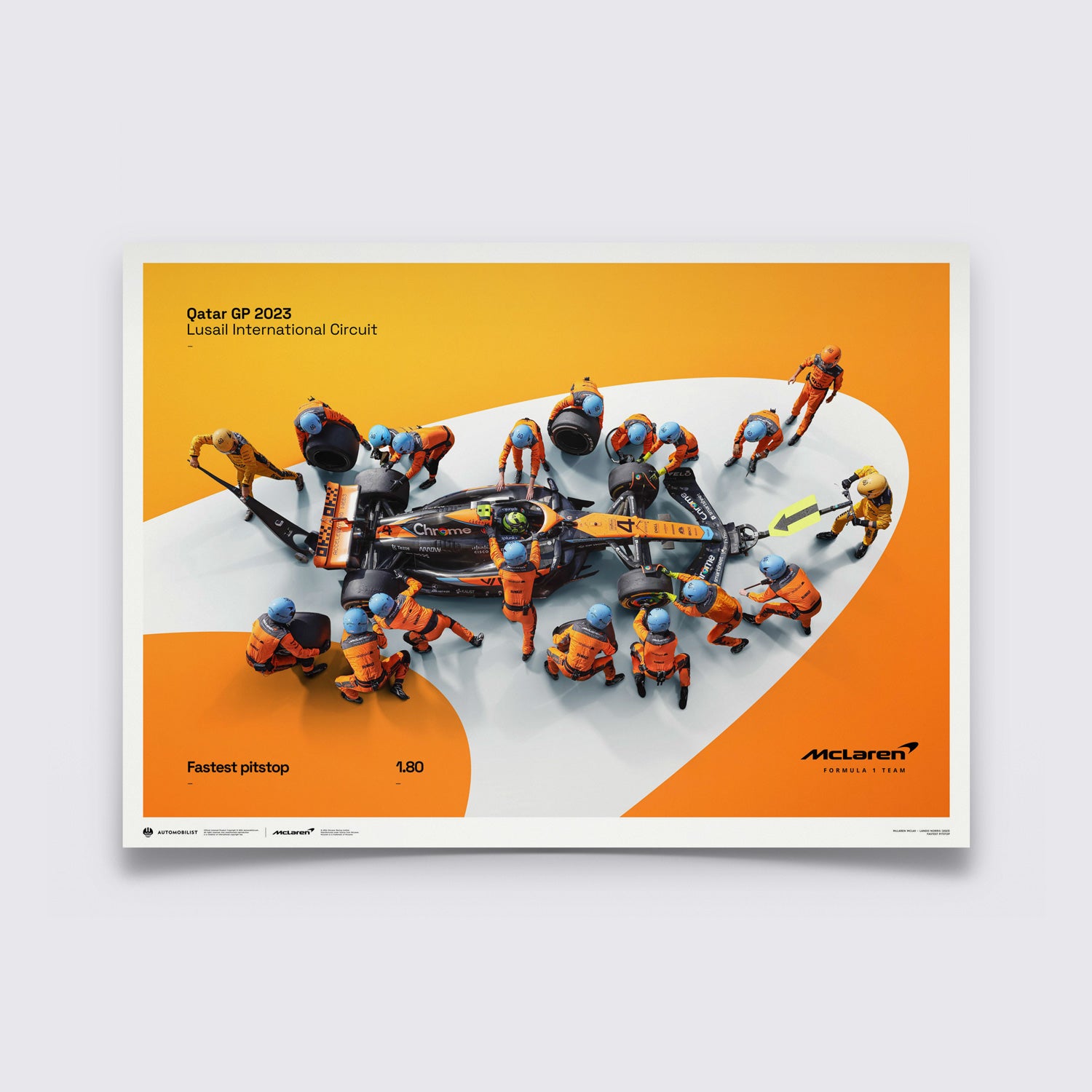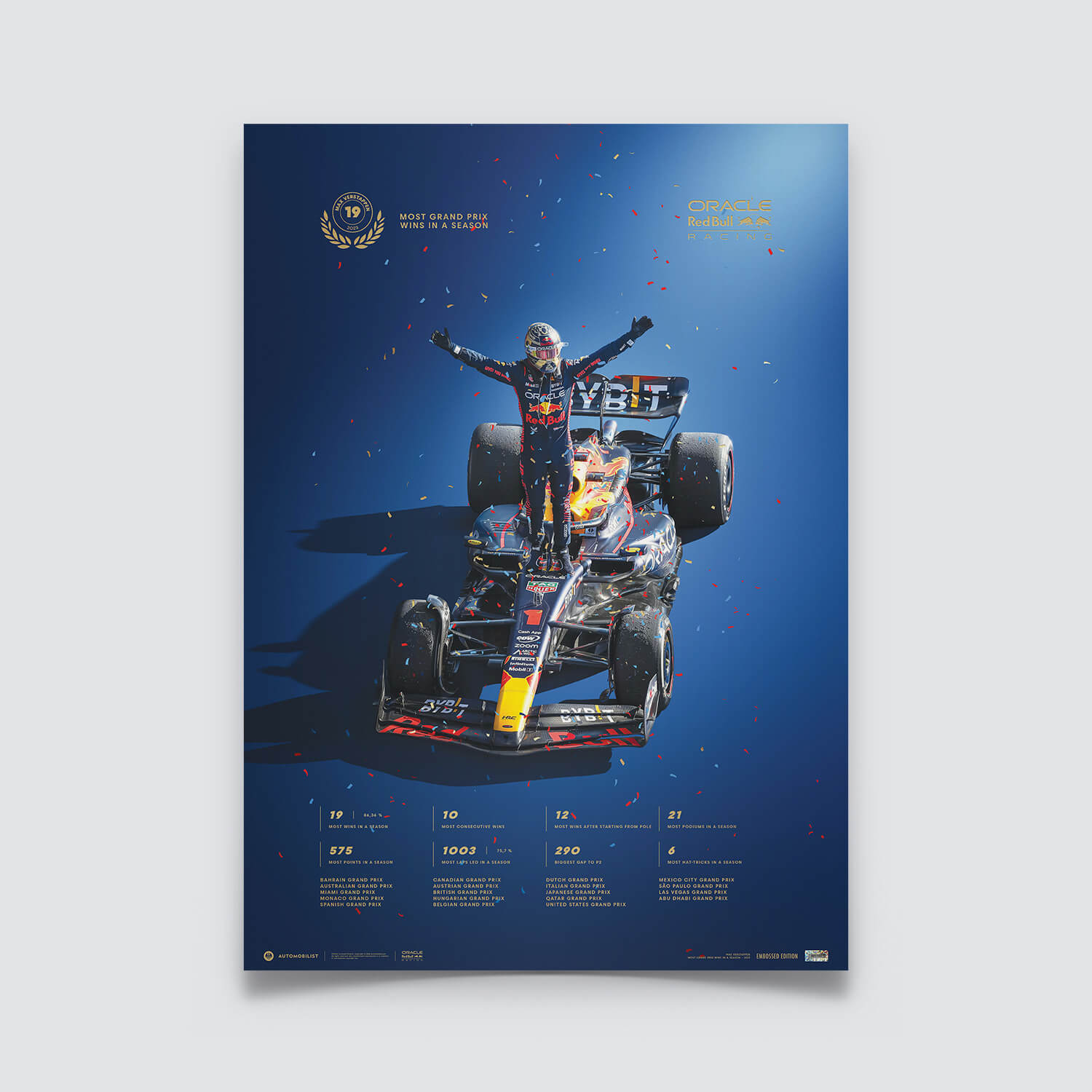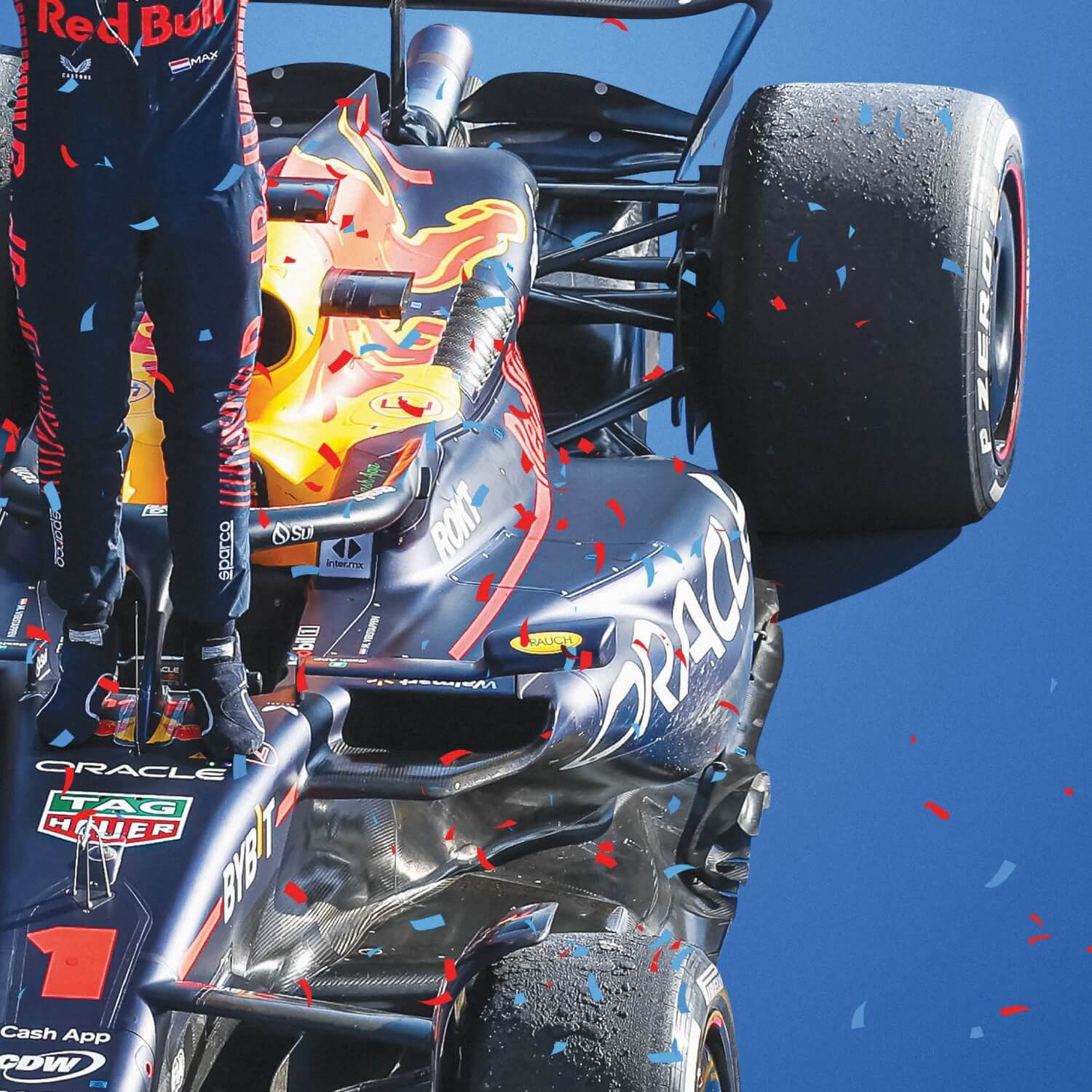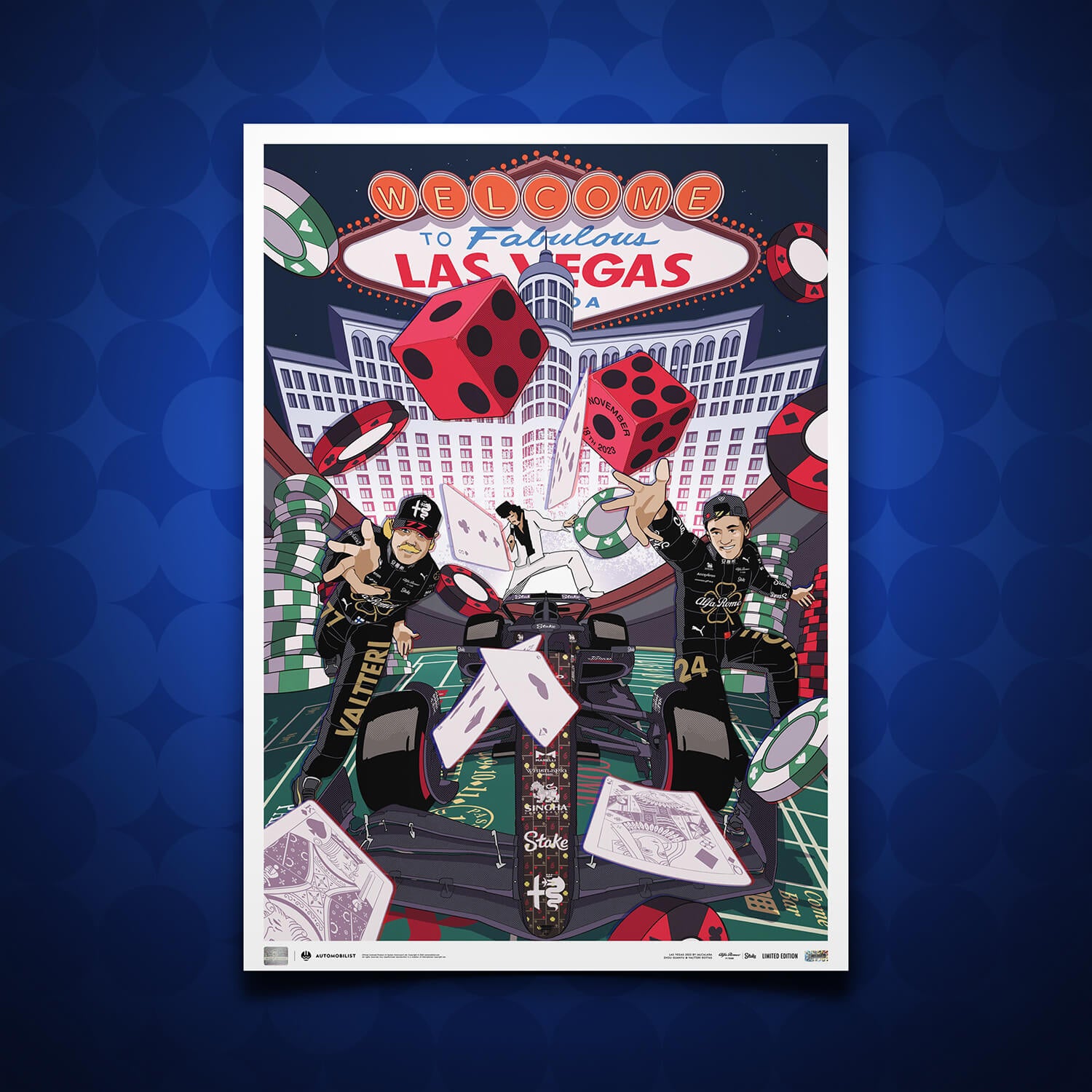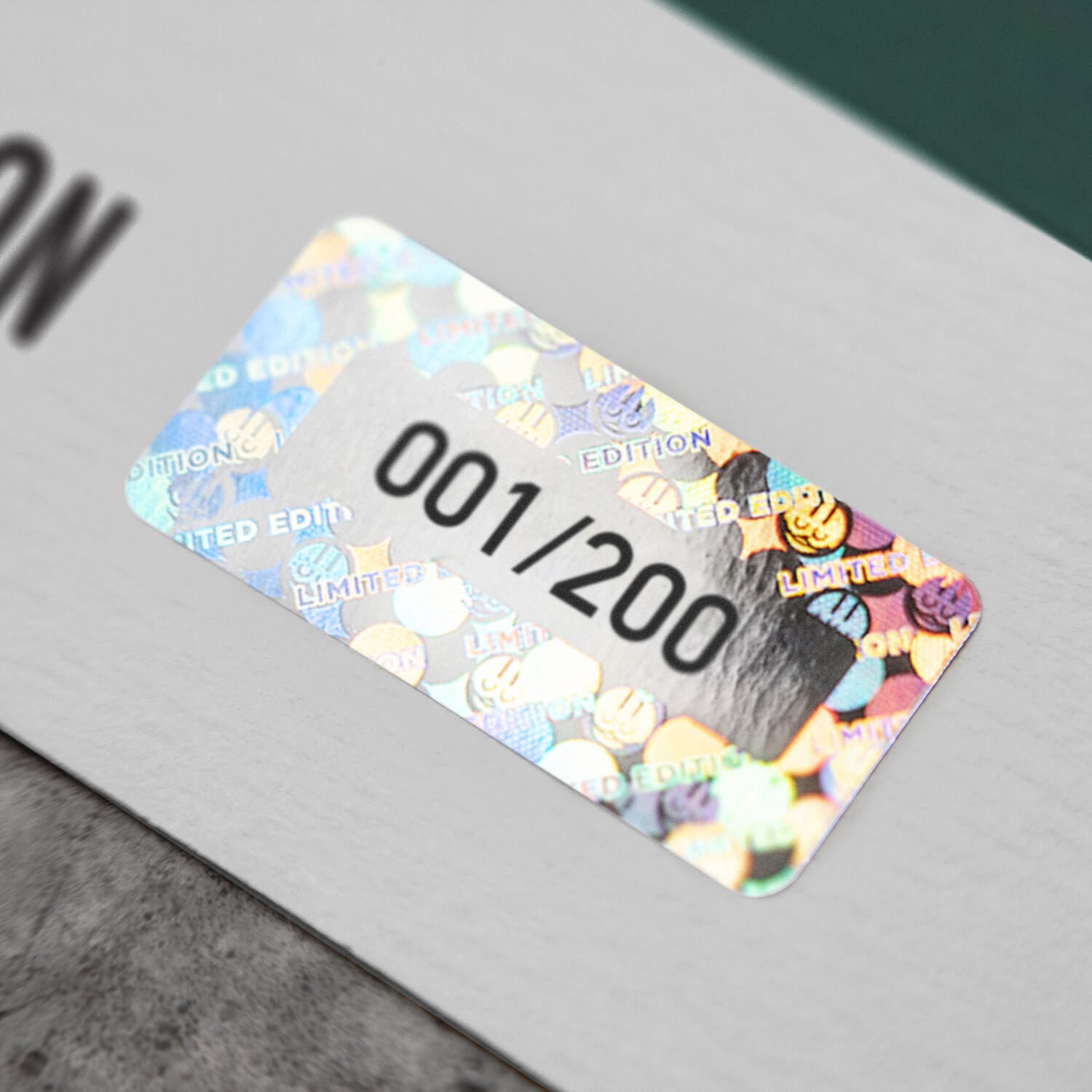The McLaren MP4/4 is statistically the most successful Formula 1 car of all time, having triumphed in 15 out of the 16 Grands Prix held in 1988. That’s a 93.8 winning percentage and many of those victories also saw its drivers Alain Prost and Ayrton Senna take one-two finishes. Naturally, it won both the drivers’ (with Senna) and constructors’ world championship titles that year. However, perhaps the number that sums it up best is 27. That’s the number of laps the car was not in the lead of a race over the course of the entire season! Come the end of the year, the car had amassed a total of 199 points, three times more than the second best team in the constructors’ classification.
If you want an idea of how much motor racing and indeed the world has changed since the subject of our 80s decade poster, the McLaren MP4/4, was the dominant force in Formula 1, then seek out a photo of its steering wheel. For starters, it’s actually wheel shaped! Then look closely and you will notice that instead of the huge numbers of buttons, dials and switches on a current F1 car’s steering device, it features just 2 buttons, one for the radio and one for the overtaking boost. If you have just looked it up, chances are you used an internet search engine, a phrase that would have meant nothing back in 1988! Although computers were beginning to appear in the workplace, designing an F1 car in these far off days was still mainly done on drawing boards and the most valuable tools a team had to work with were a great designer and an effective wind tunnel.

Compared to today’s cars with its multi-plane wings, winglets and other aerodynamic aids, the MP4/4 had a purity of line that is still beautiful today. The chief designer on the project was Steve Nichols, working under technical director Gordon Murray. 1988 also marked the start of McLaren’s new partnership with Honda, who provided the RA168-E V6 engine, in the final year of the F1 turbo era. In fact, the Honda people were getting pretty nervous as the new car was ready very late and only ran for the first time at a private test at the Imola circuit in Italy around one week before the first race of the season in Brazil. Although the numbers the team had seen in the wind tunnel prior to that test were good, Ayrton Senna and Alain Prost and the engineering team were struggling to keep straight faces at Imola as the stopwatch revealed just how quick the McLaren-Honda was. After a handful of laps, Prost told team boss Ron Dennis that they would win the world championship.
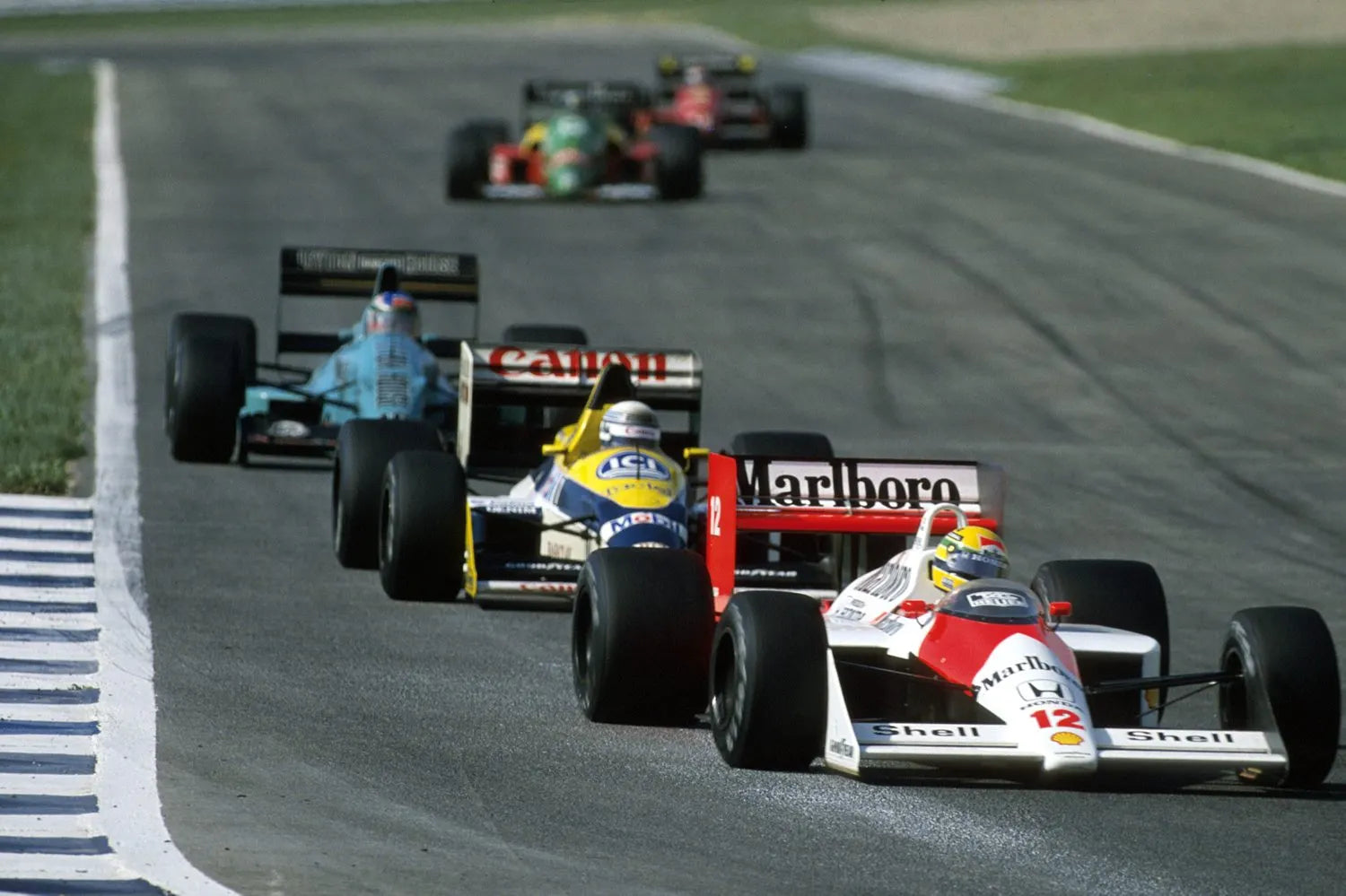
Senna took pole at the opening round in his home race by almost half a second. However, the moment McLaren’s rivals realised they were truly in for a year of pain came at the second round in Imola when the McLarens qualified three second quicker than the rest of the field!
Even though 1988 was the final year that turbo engines were allowed, Honda pursued a relentless development programme throughout the year so that the final evolution of the V6 was putting out around 700 horsepower. For the Japanese company, that had already powered Williams to the Constructors’ crown in the two previous years, 1988 would be the first of a string of four consecutive titles with McLaren. With fifteen wins from sixteen races, there were many highlights for the team that year. However, if pushed to single out one moment, purists will direct you to Ayrton Senna’s best qualifying lap at the Monaco Grand Prix. In only his third appearance for the team, he outpaced team-mate Alain Prost by a massive 1.5 seconds. However, the Brazilian then blotted his copybook during the race. He had a massive lead over Prost and was told to steady his pace, which led to a momentary lapse of concentration and a crash into the barriers at Portier.
The one that got away? The Italian Grand Prix at Monza was the only race McLaren did not win. Prost retired with a rare engine failure and Senna tangled with a backmarker in his anxiety to pull away from the fast closing Ferrari of Gerhard Berger. The Brazilian retired with broken suspension, thus ending McLaren’s hopes of a clean sweep of victories.

One interesting little detail about the Drivers’ championship: Prost actually scored 11 more points than Senna over the course of the season, but with only a driver’s 11 best results counting for the title, Ayrton took the crown with three more points than Alain.
Even today, the MP4/4, of which McLaren produced a total of six chassis, looks just right: low, sleek and unfussy. Maybe it’s the perfect racing car.
Images credit Hoch Zwei / Paolo D'Allessio / Wilhelm Wolfgang Fotografie

